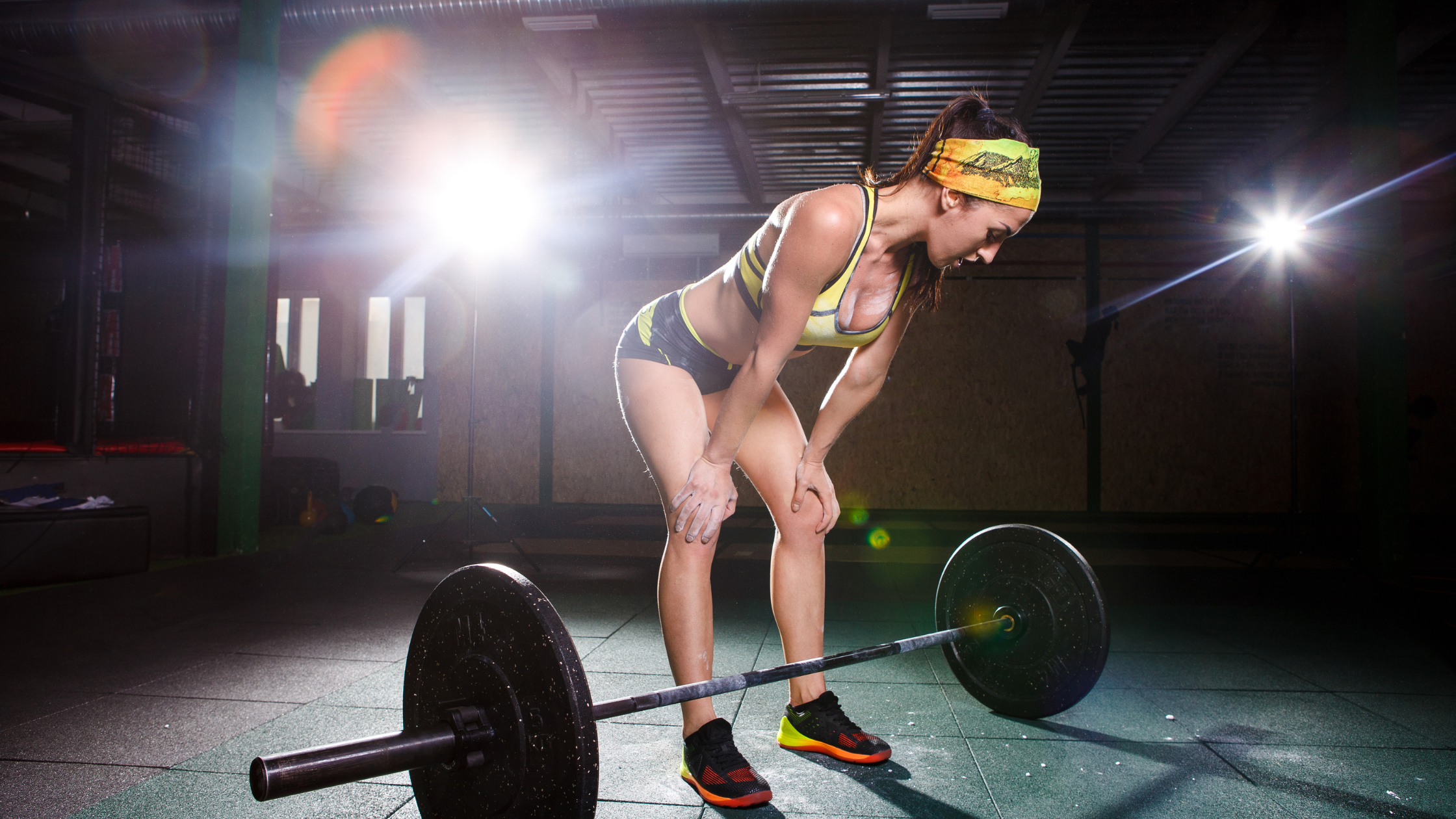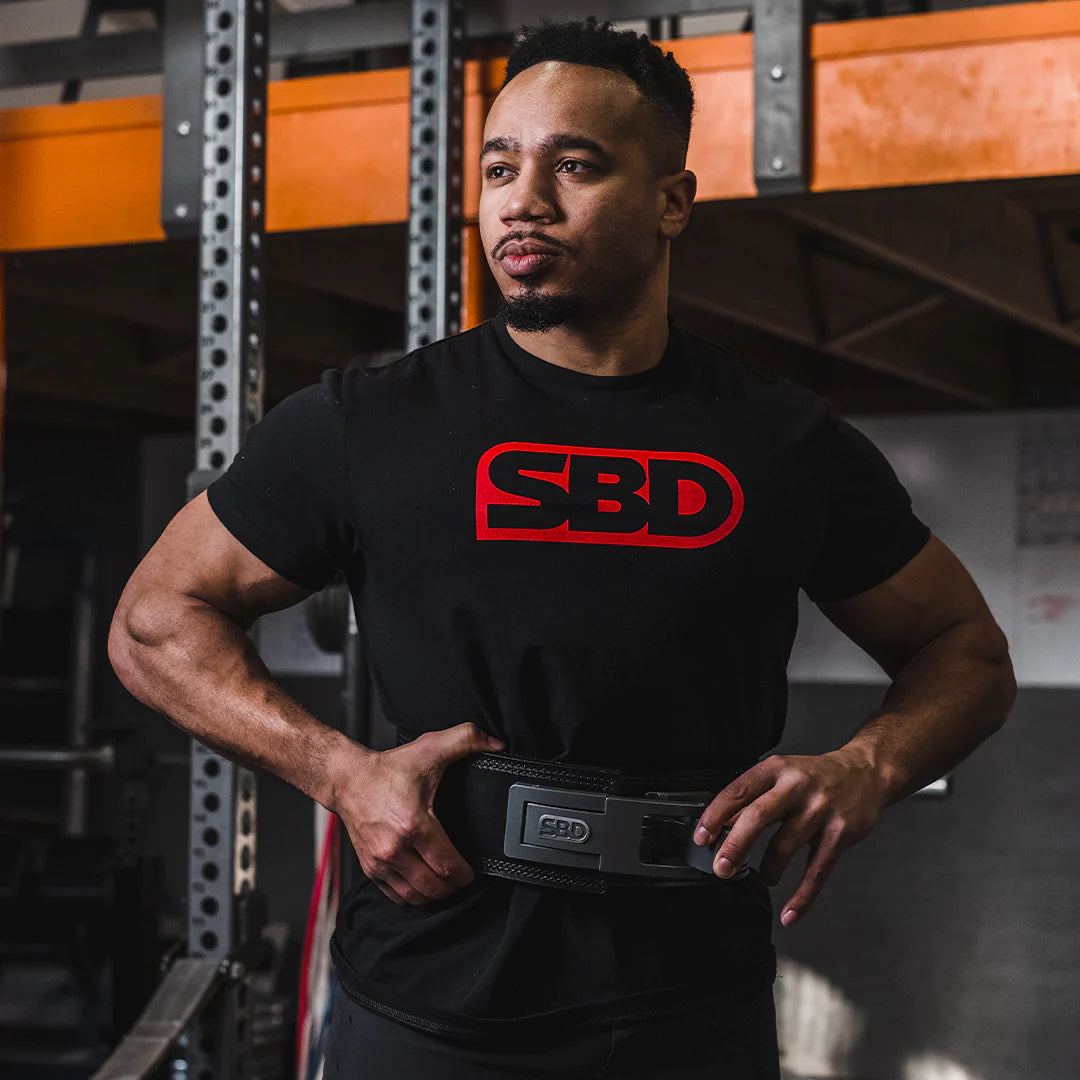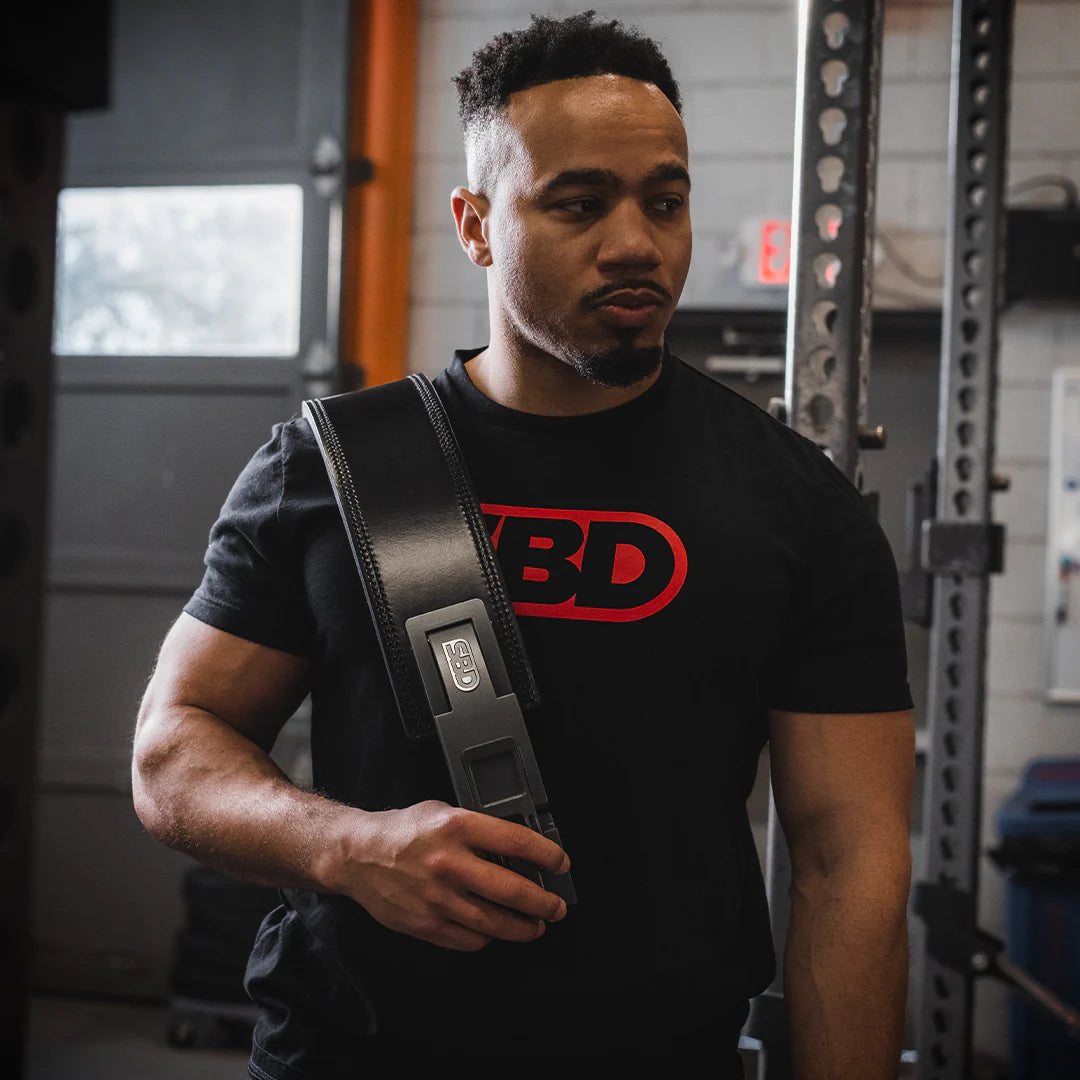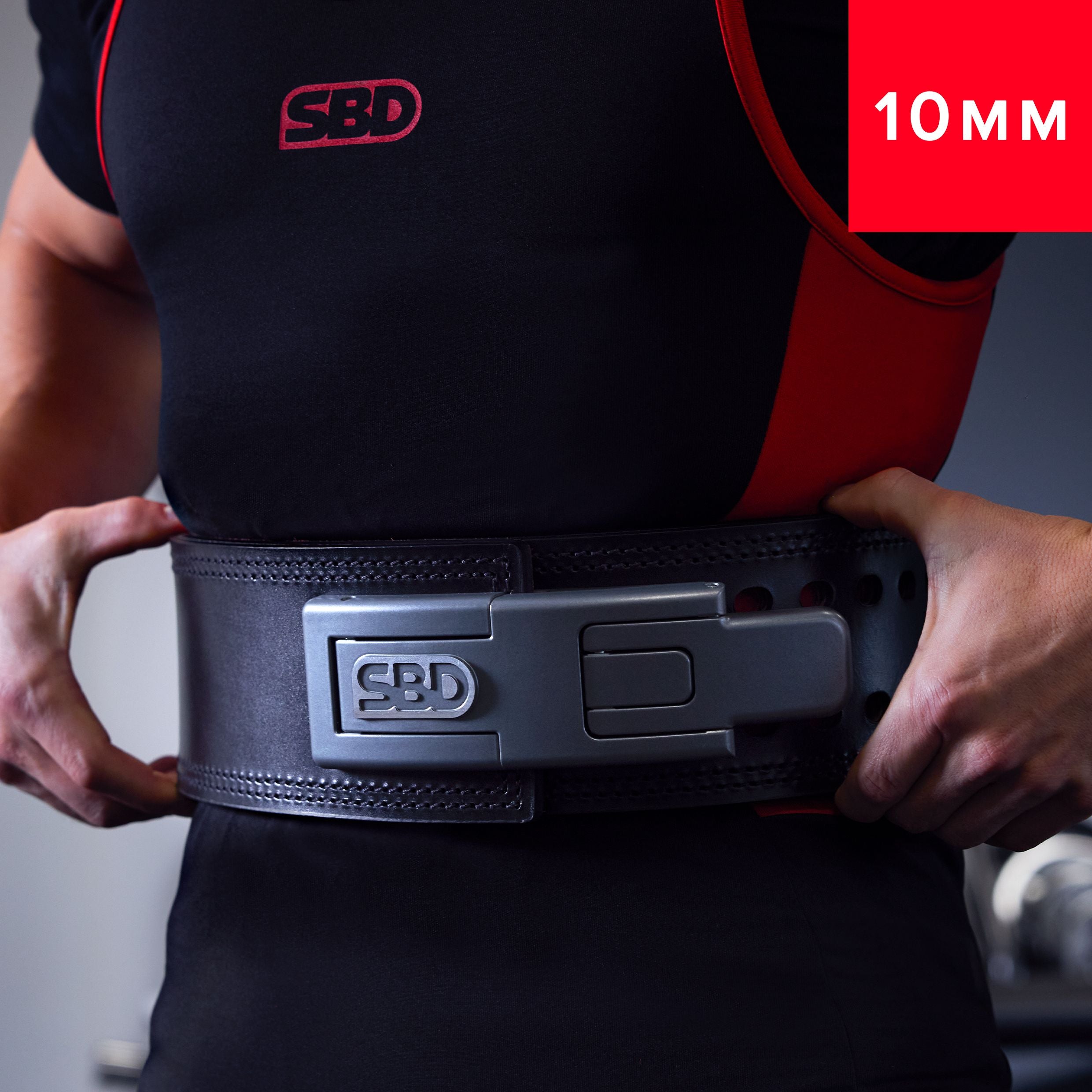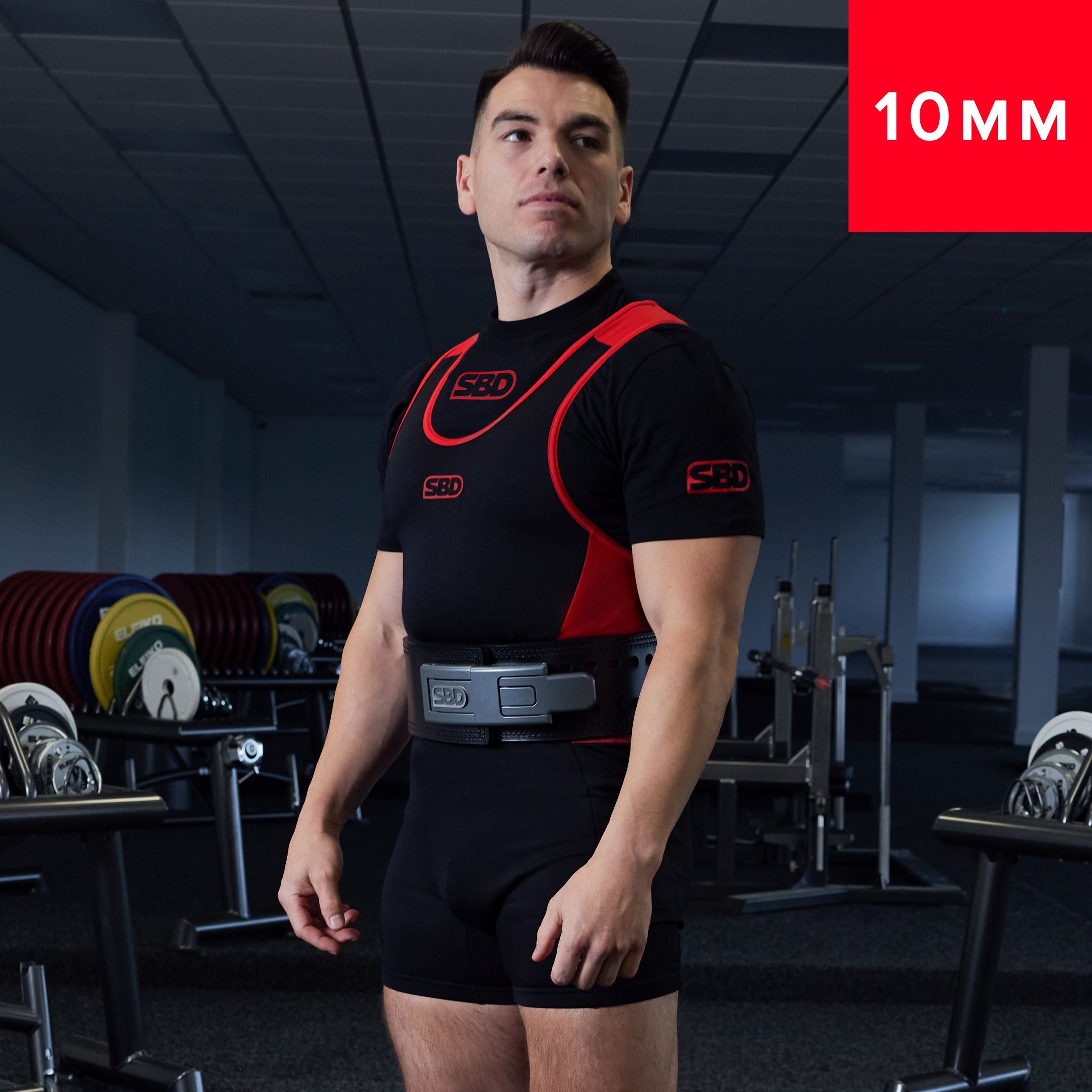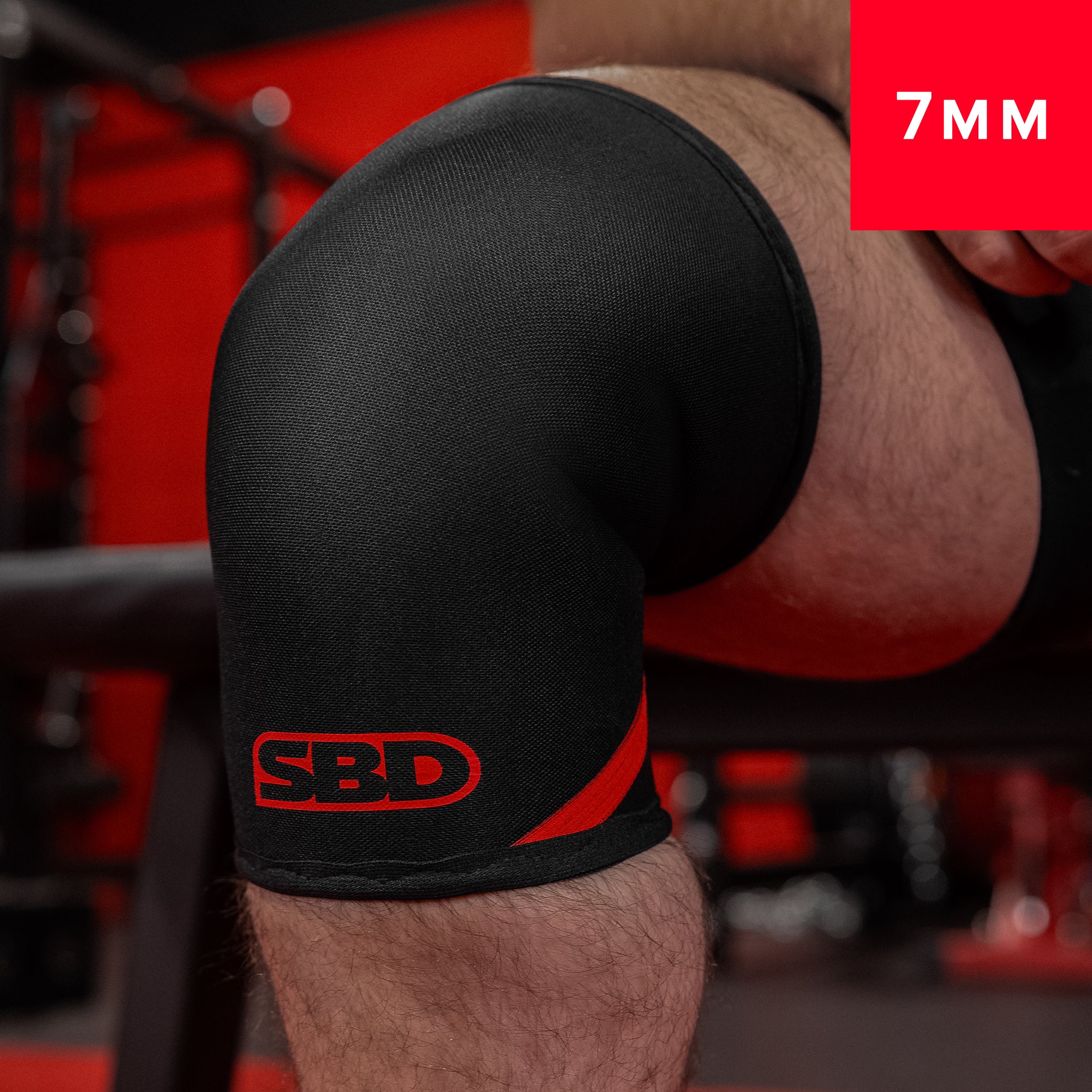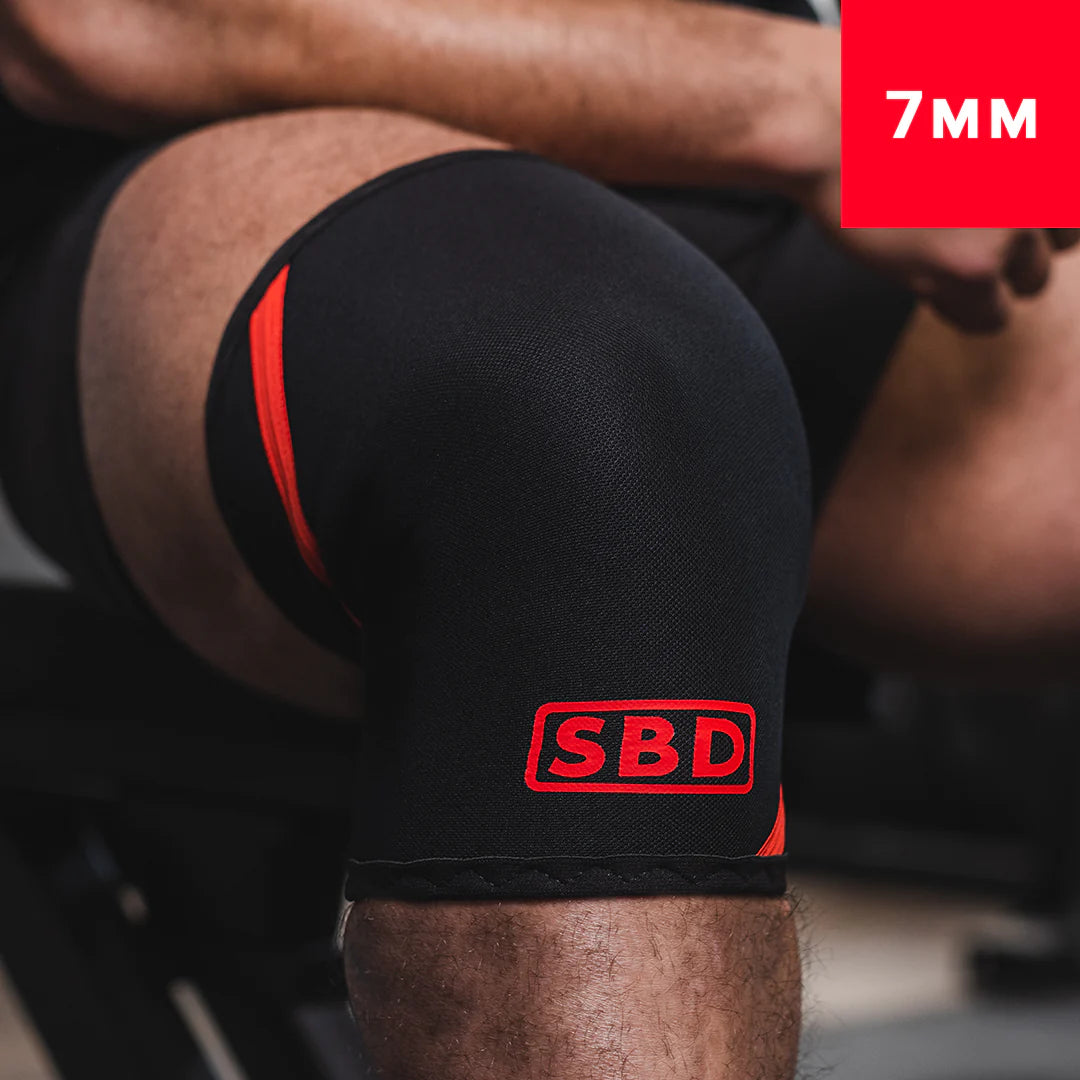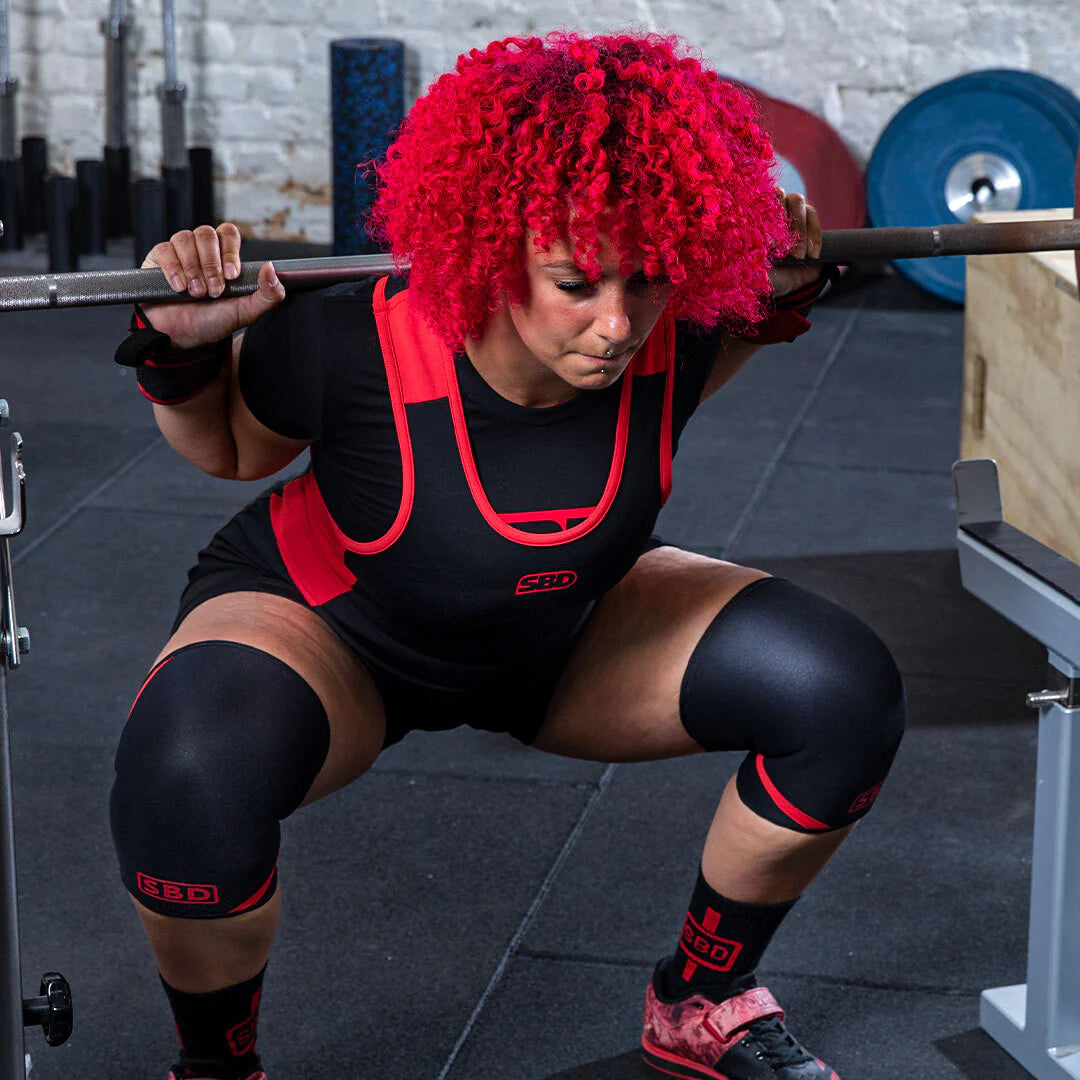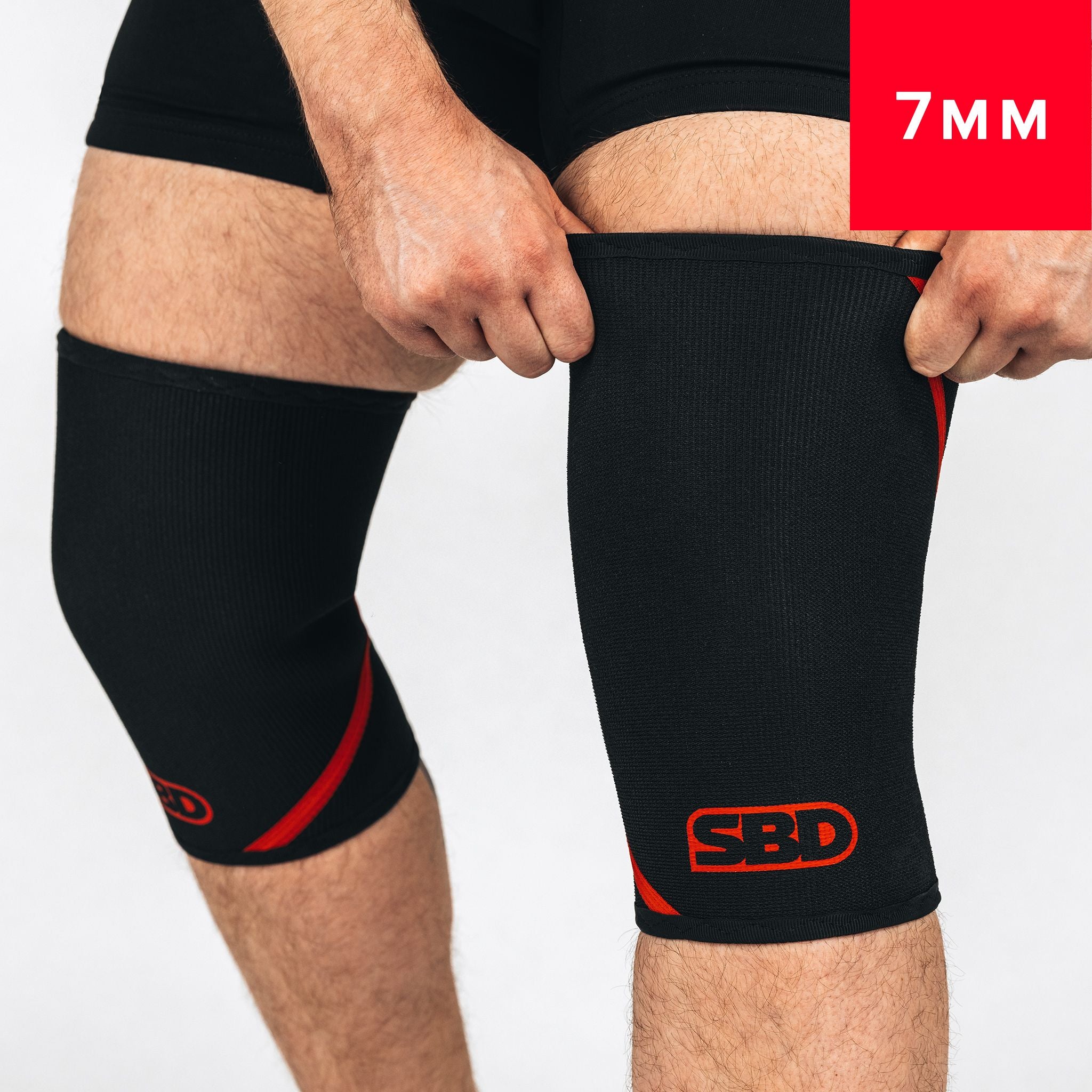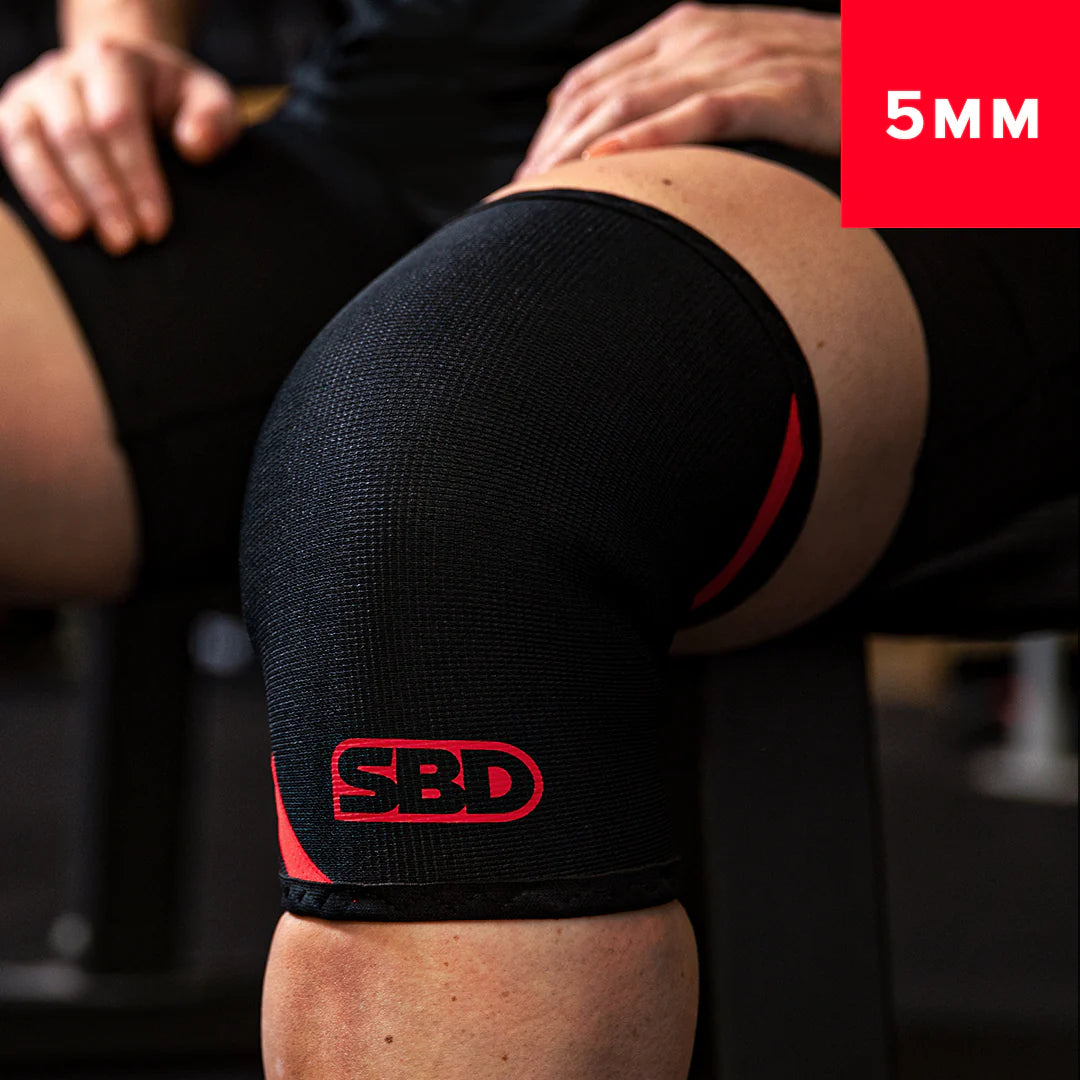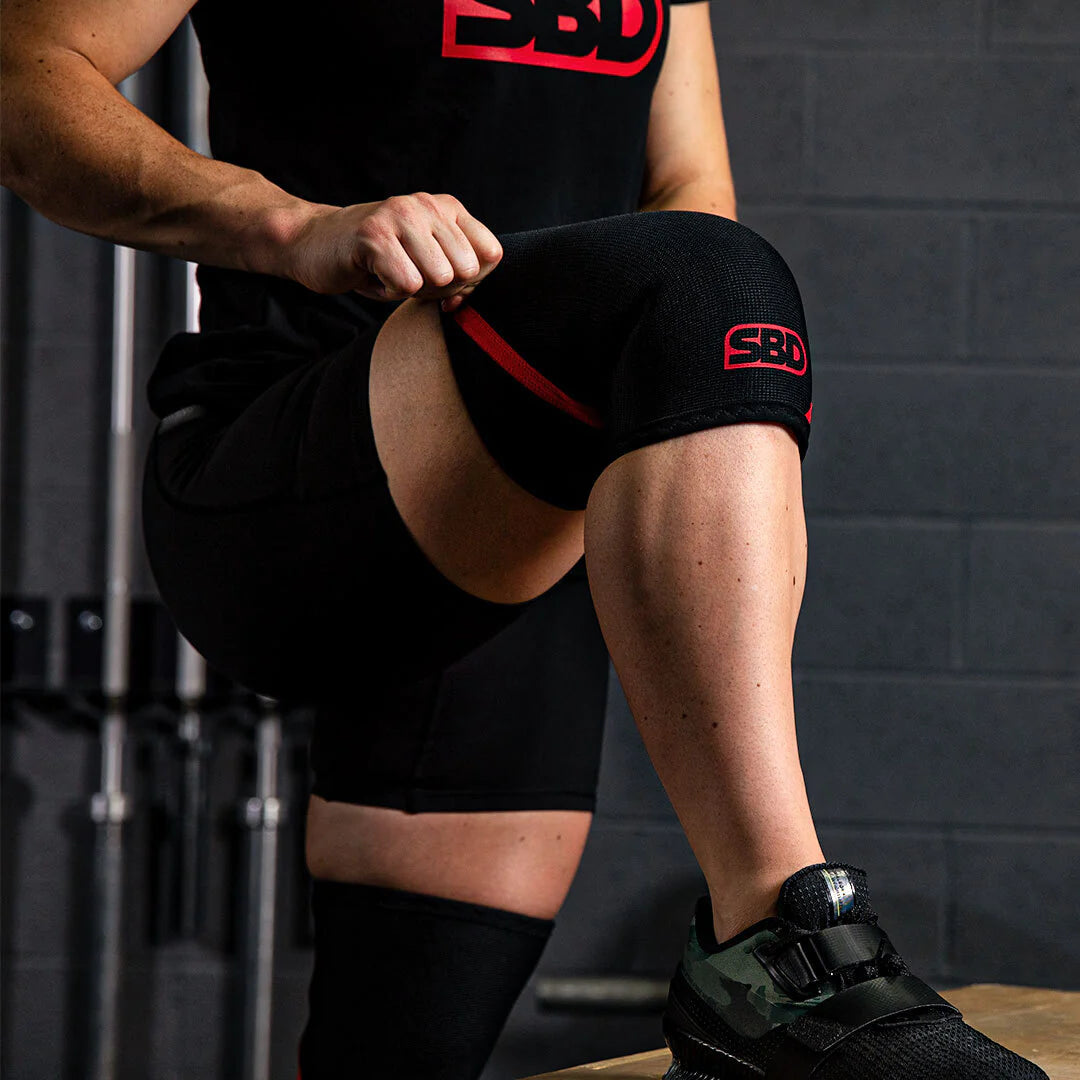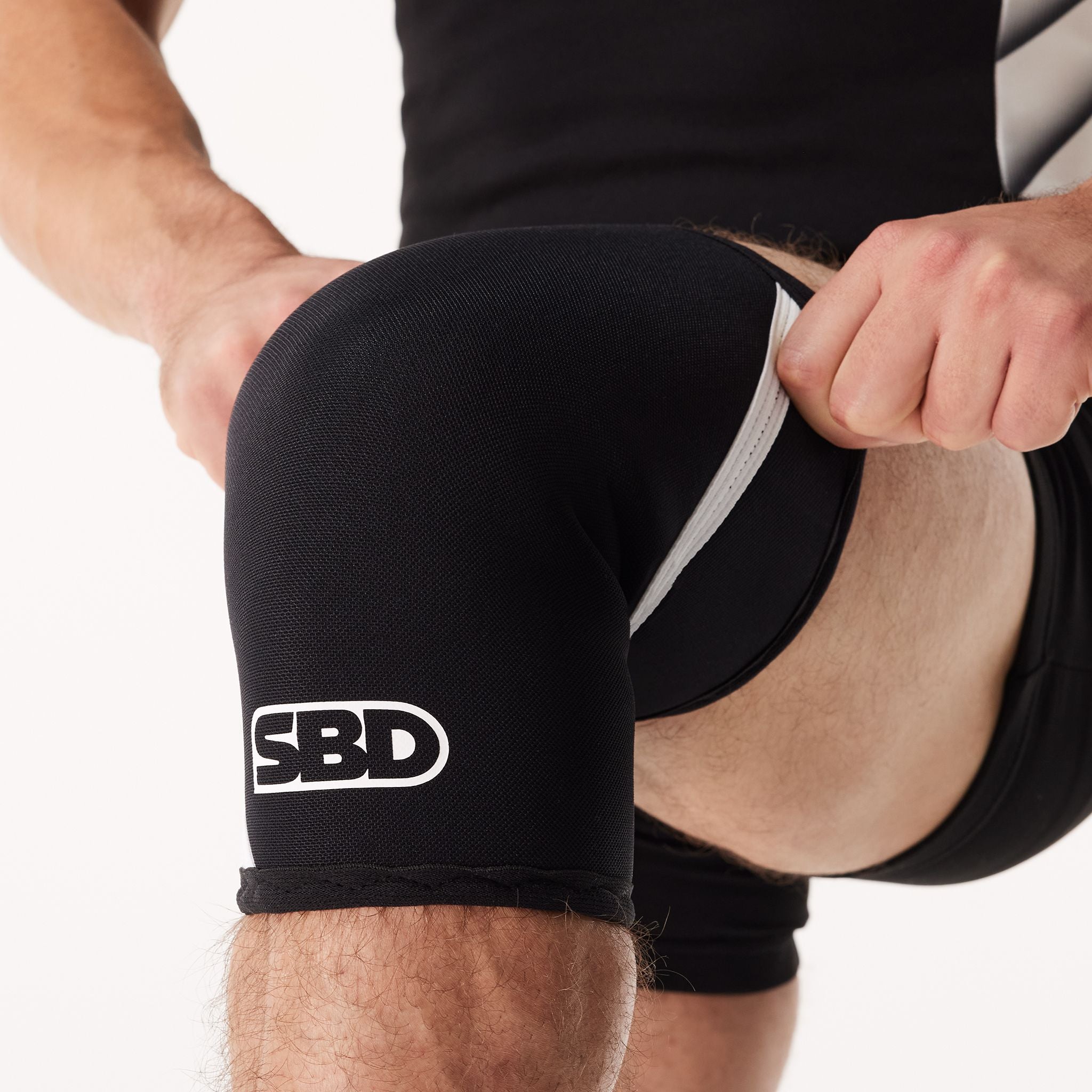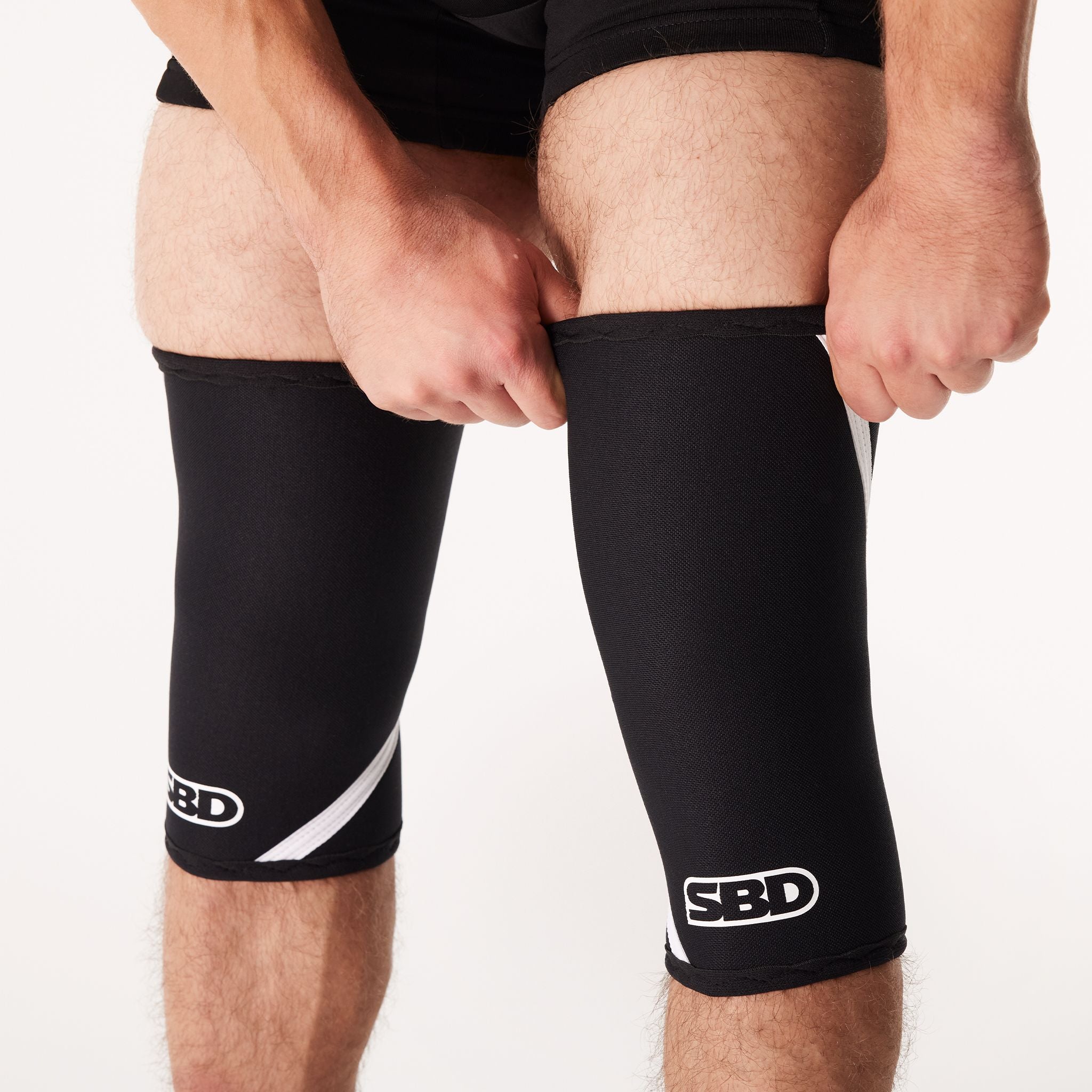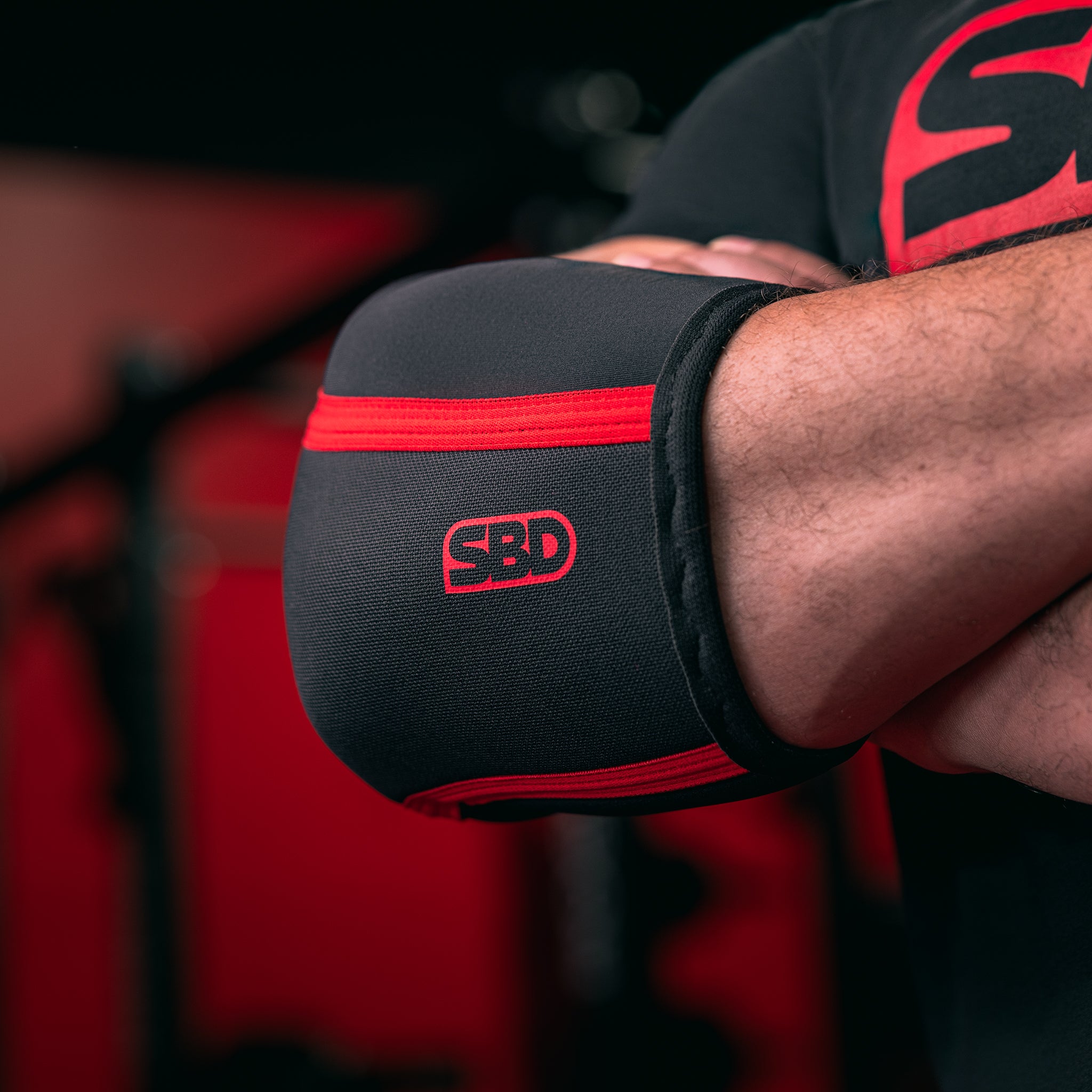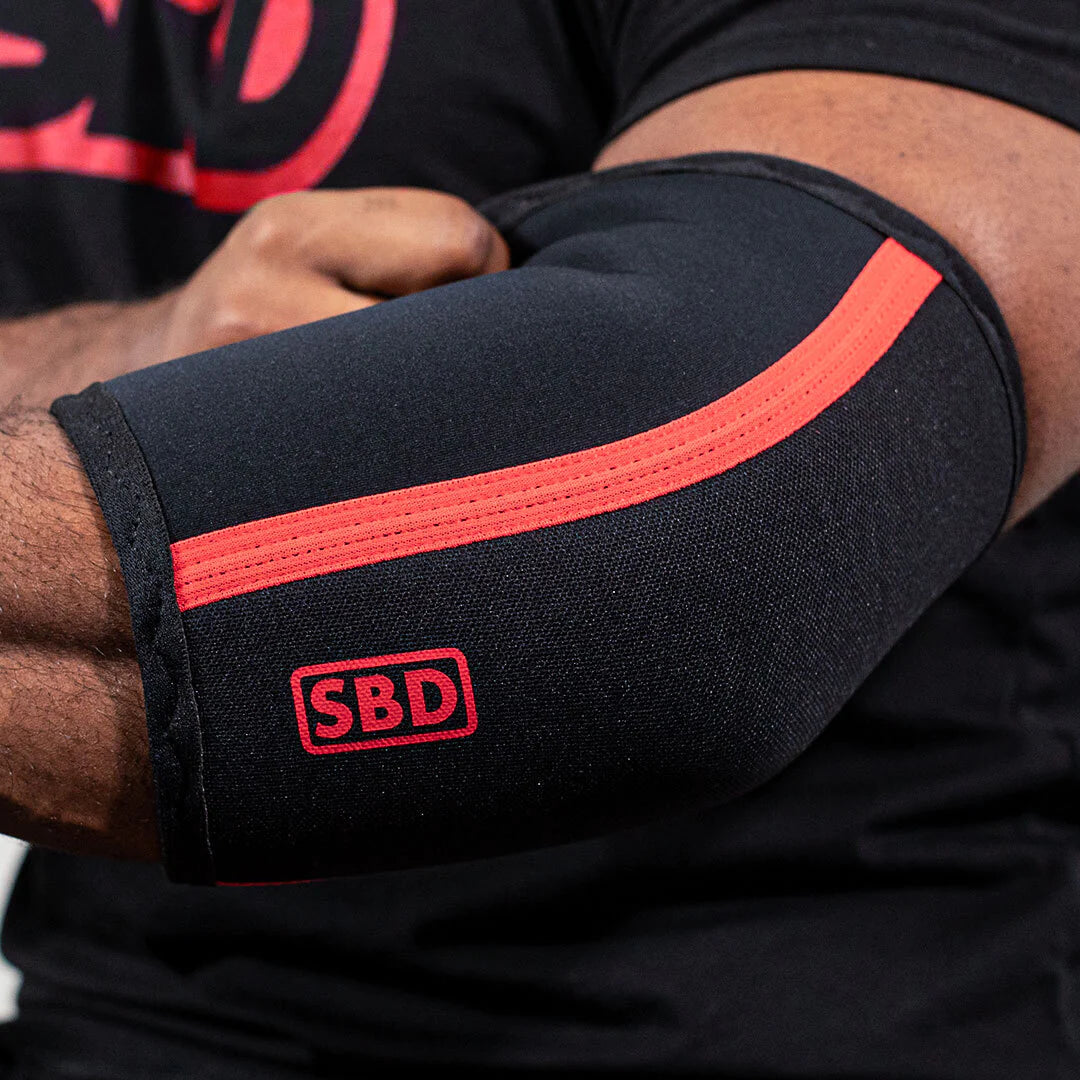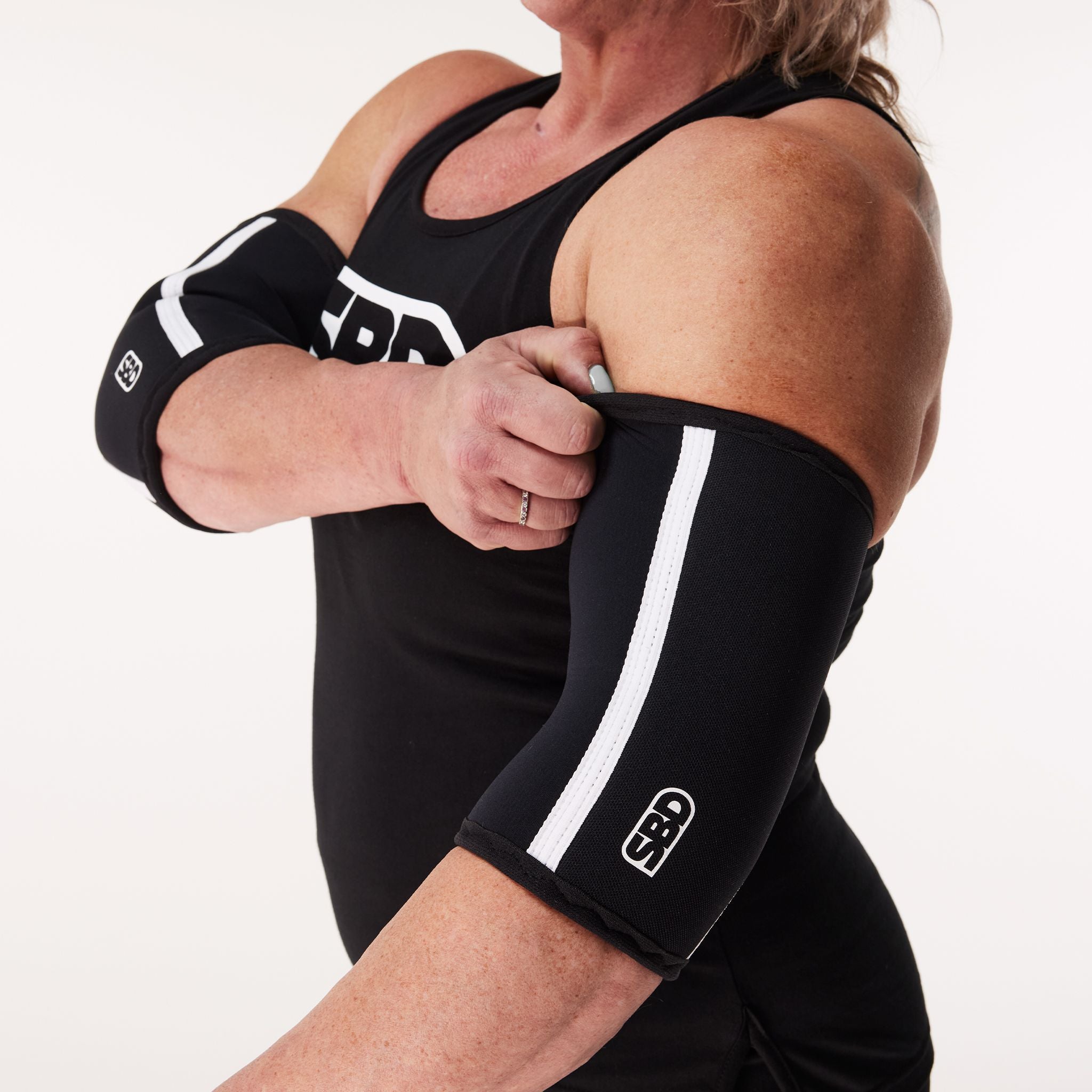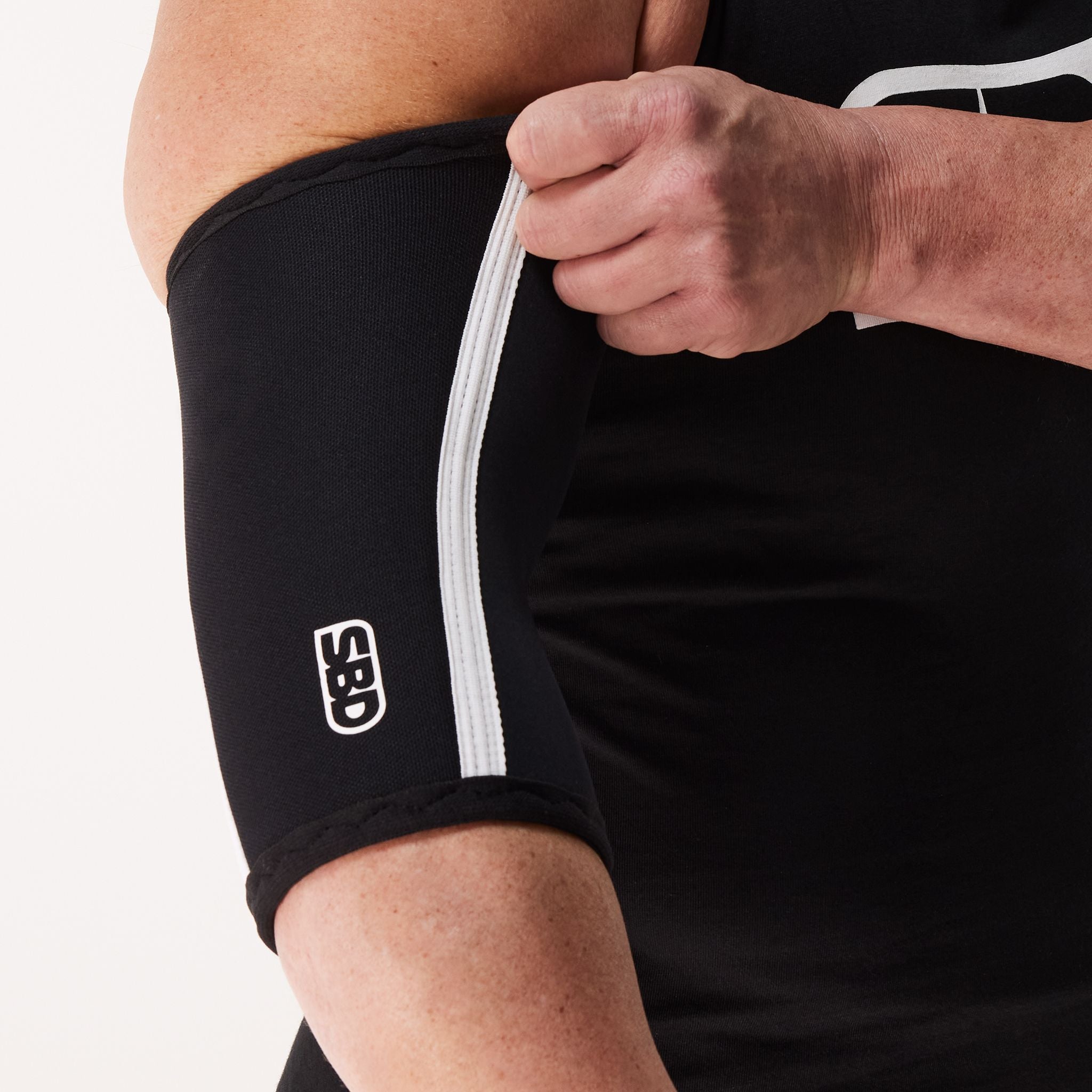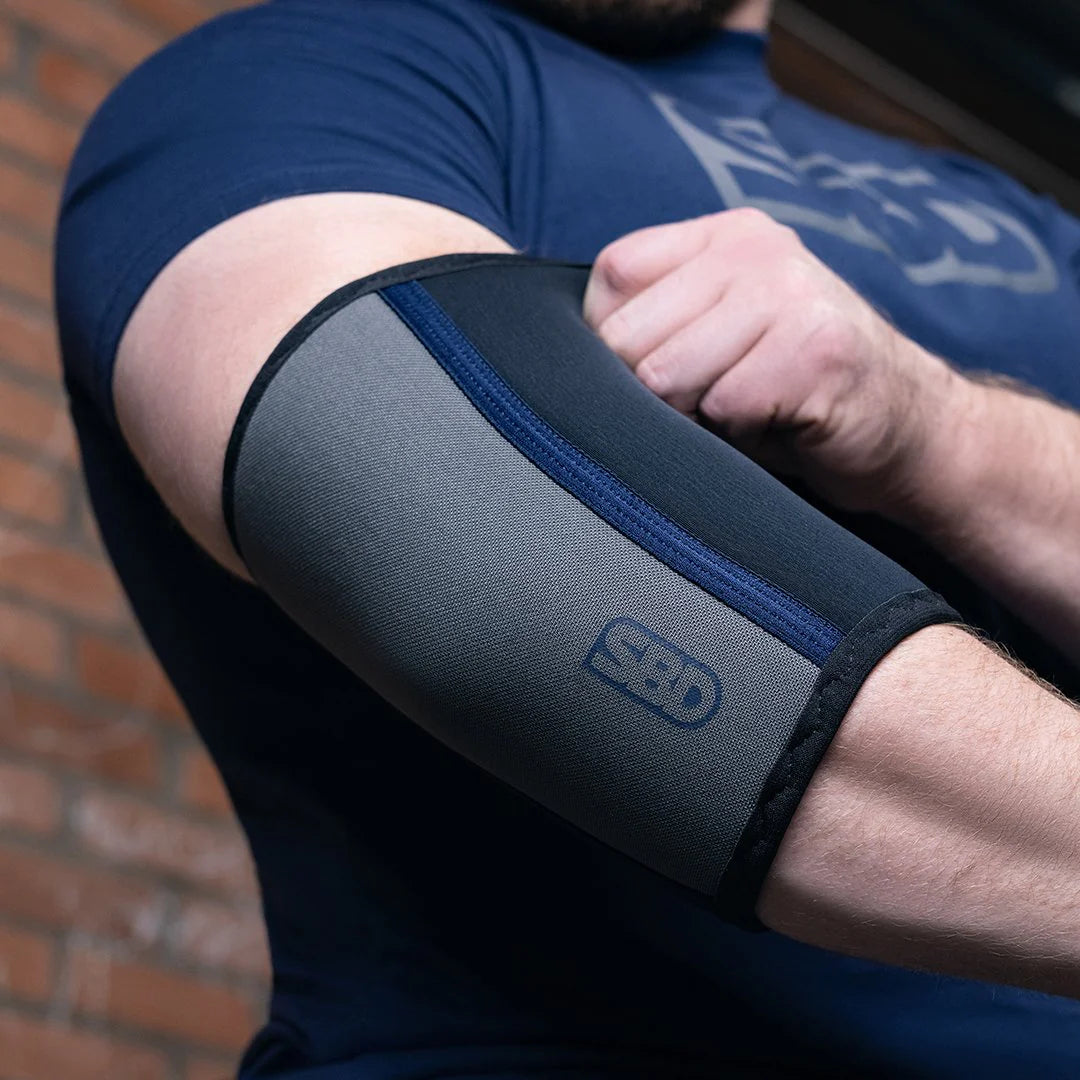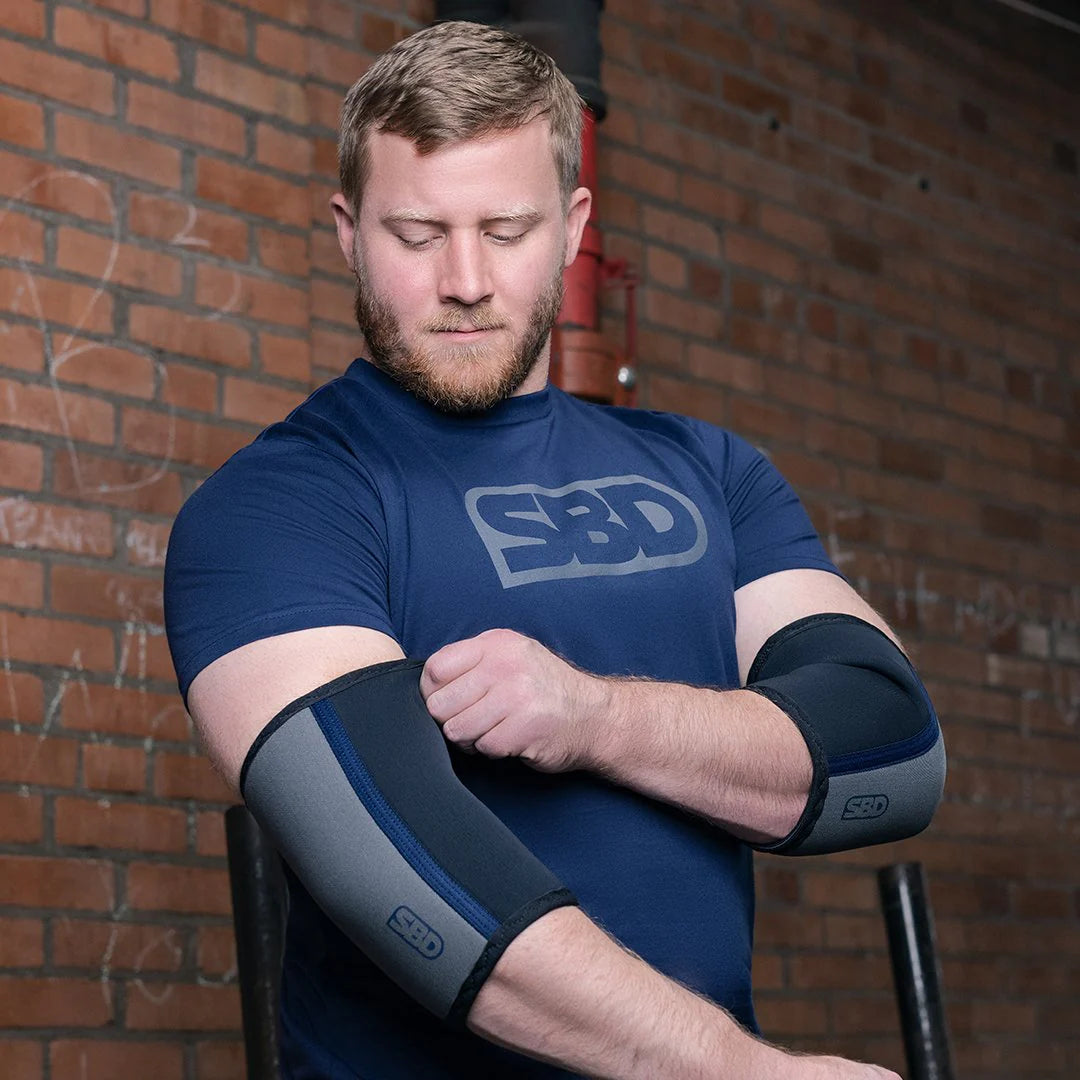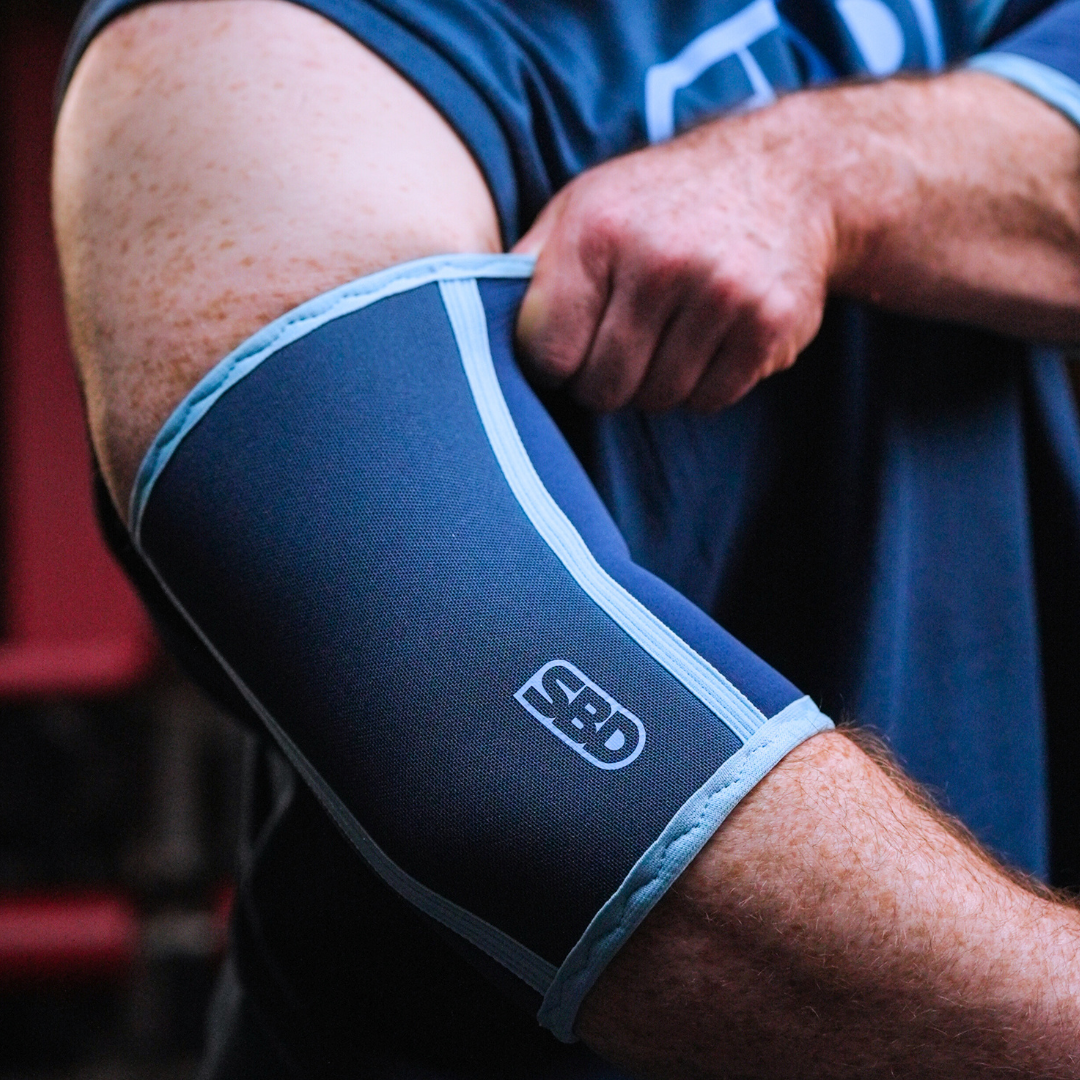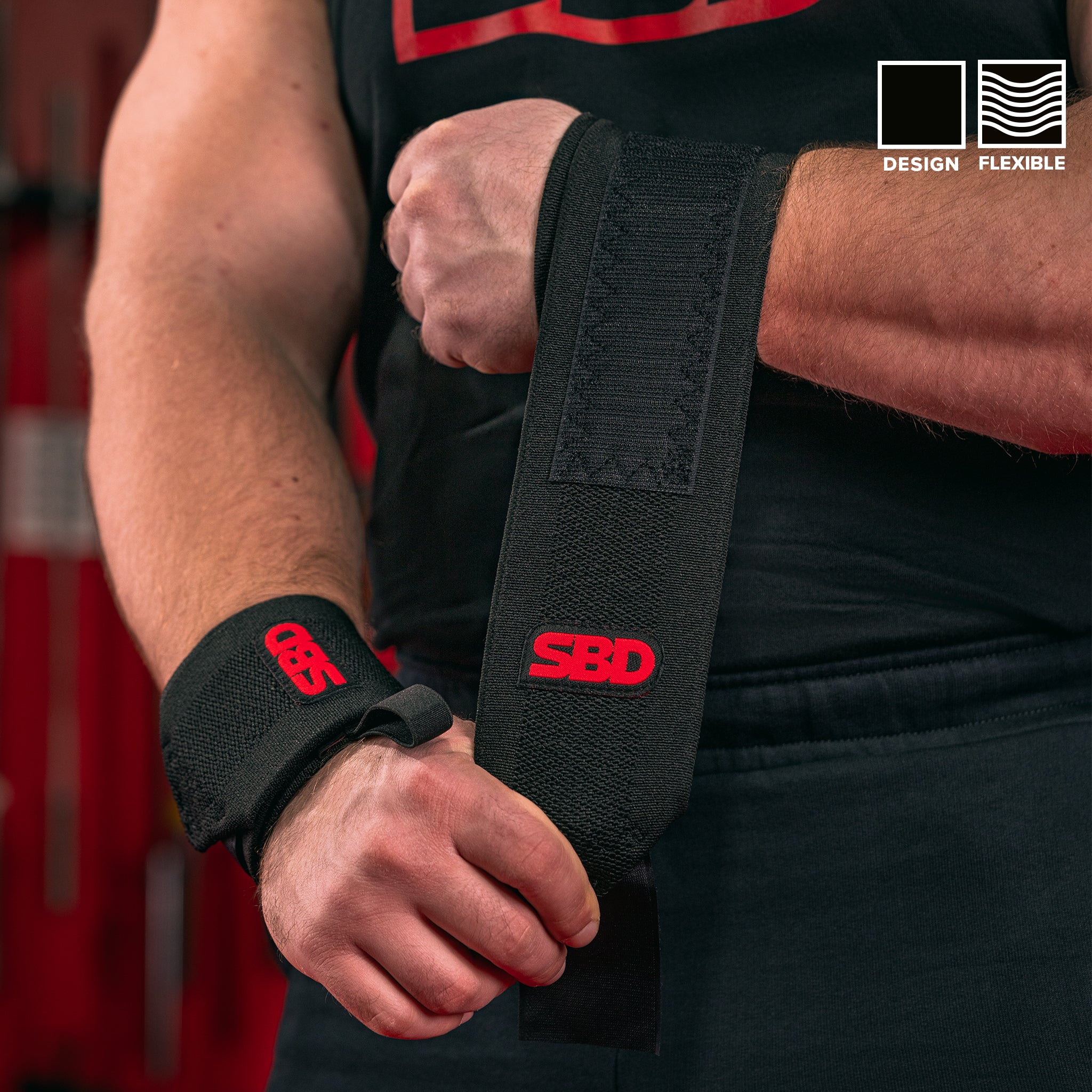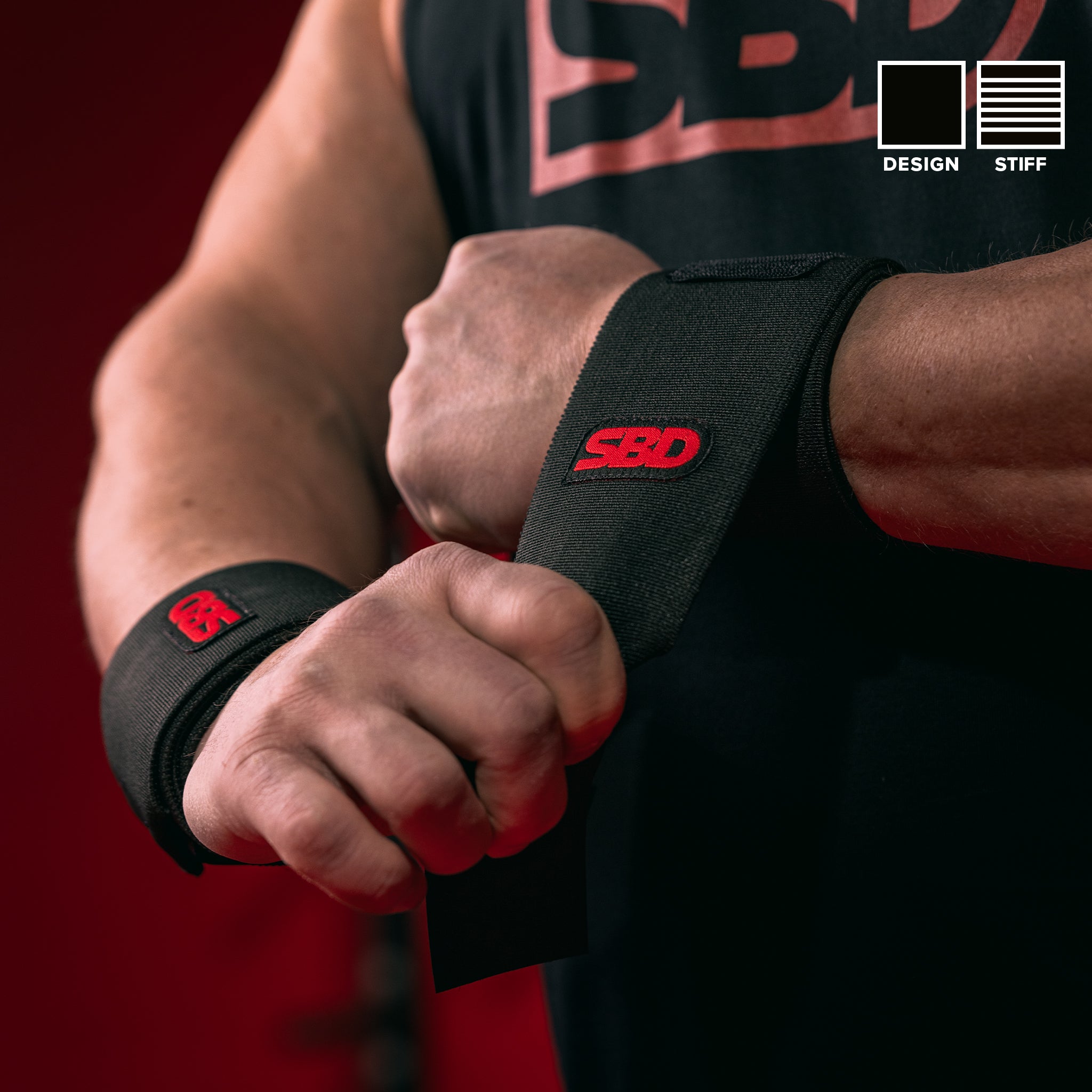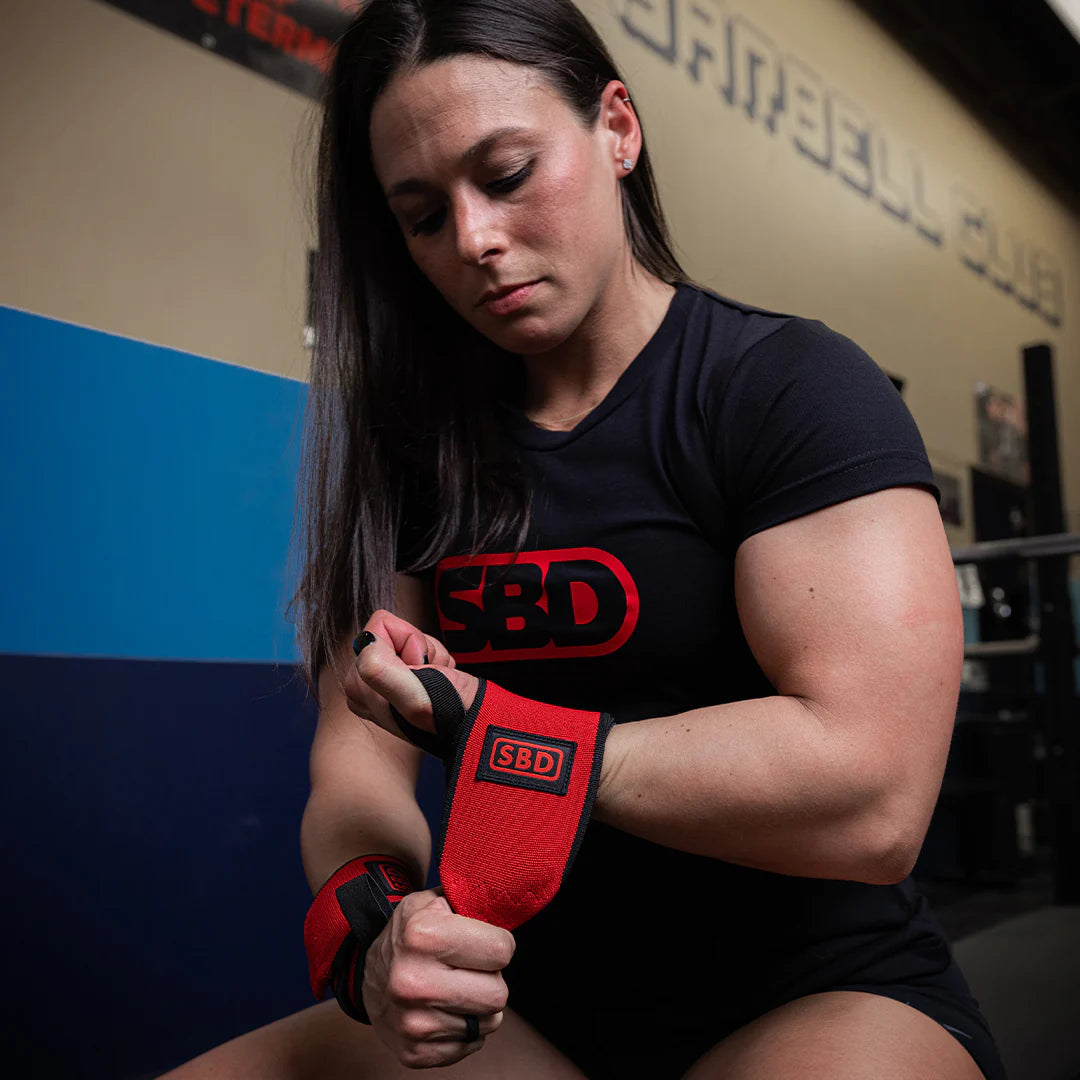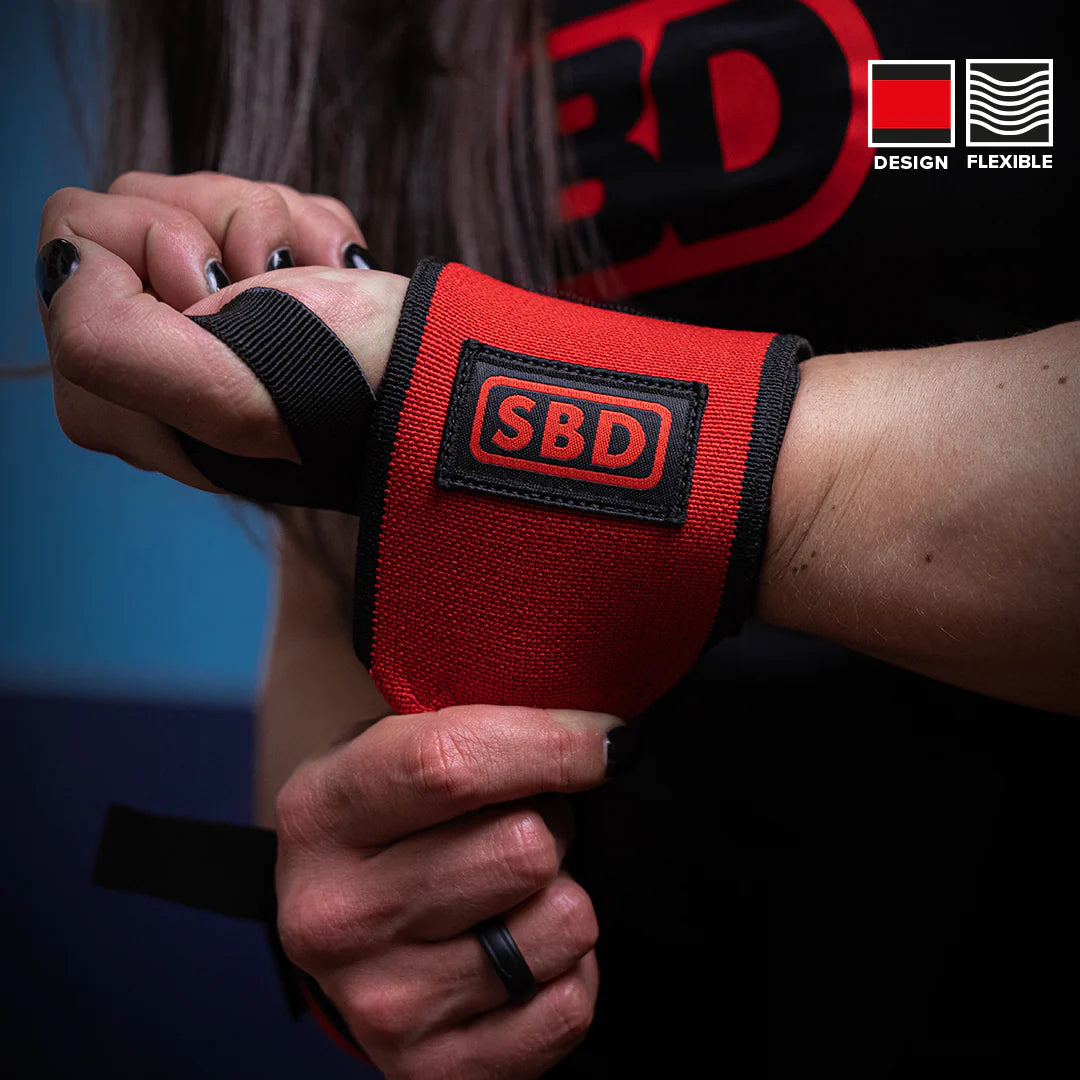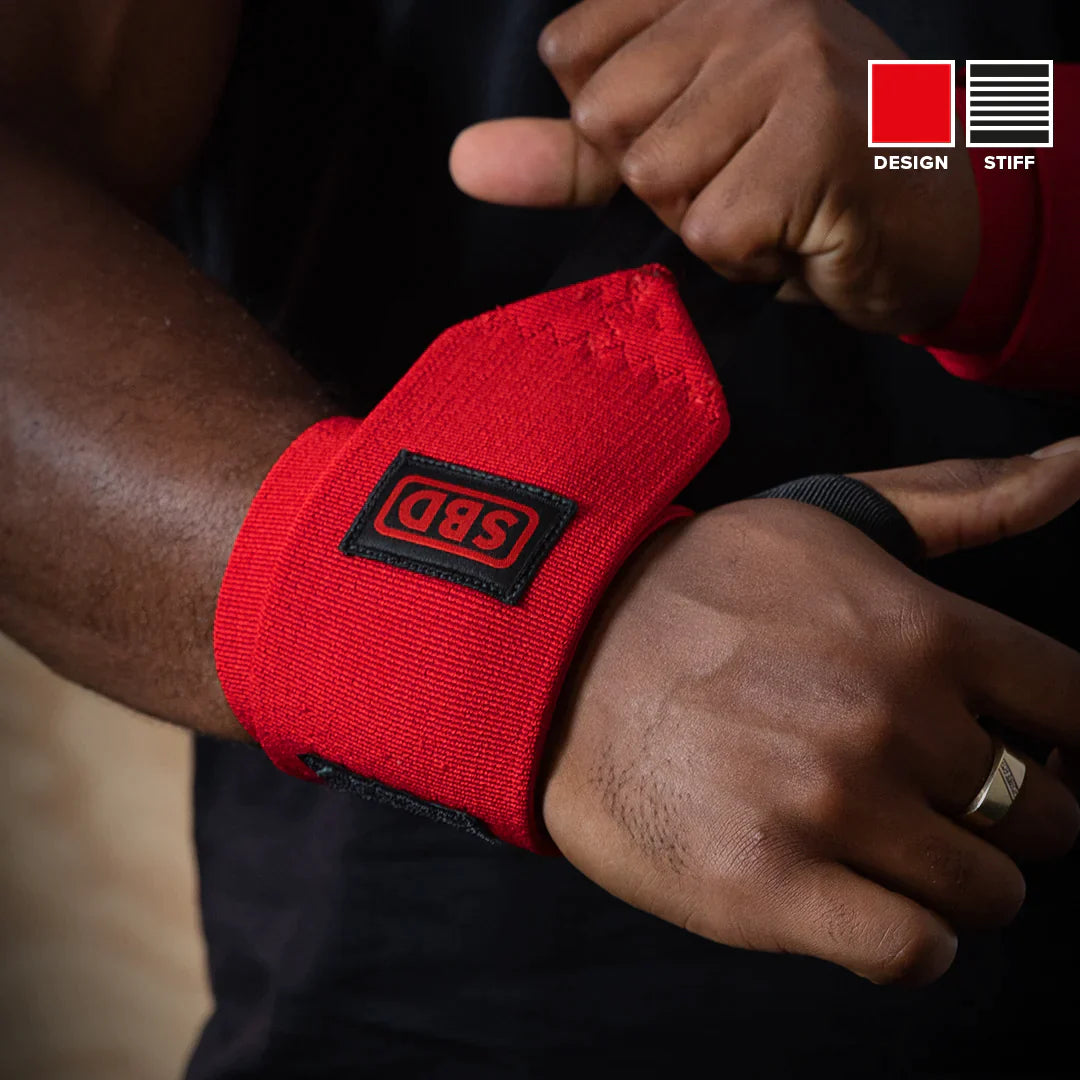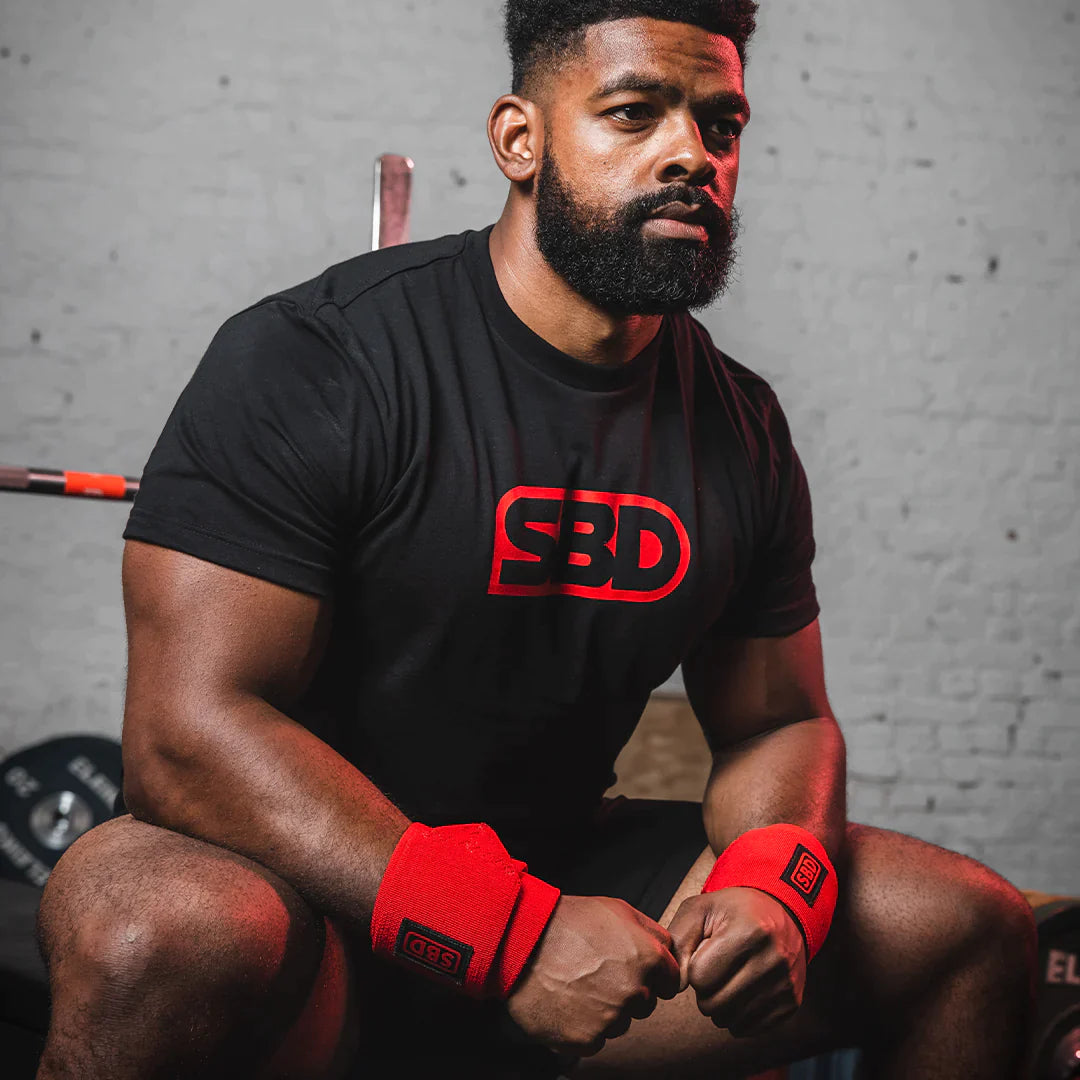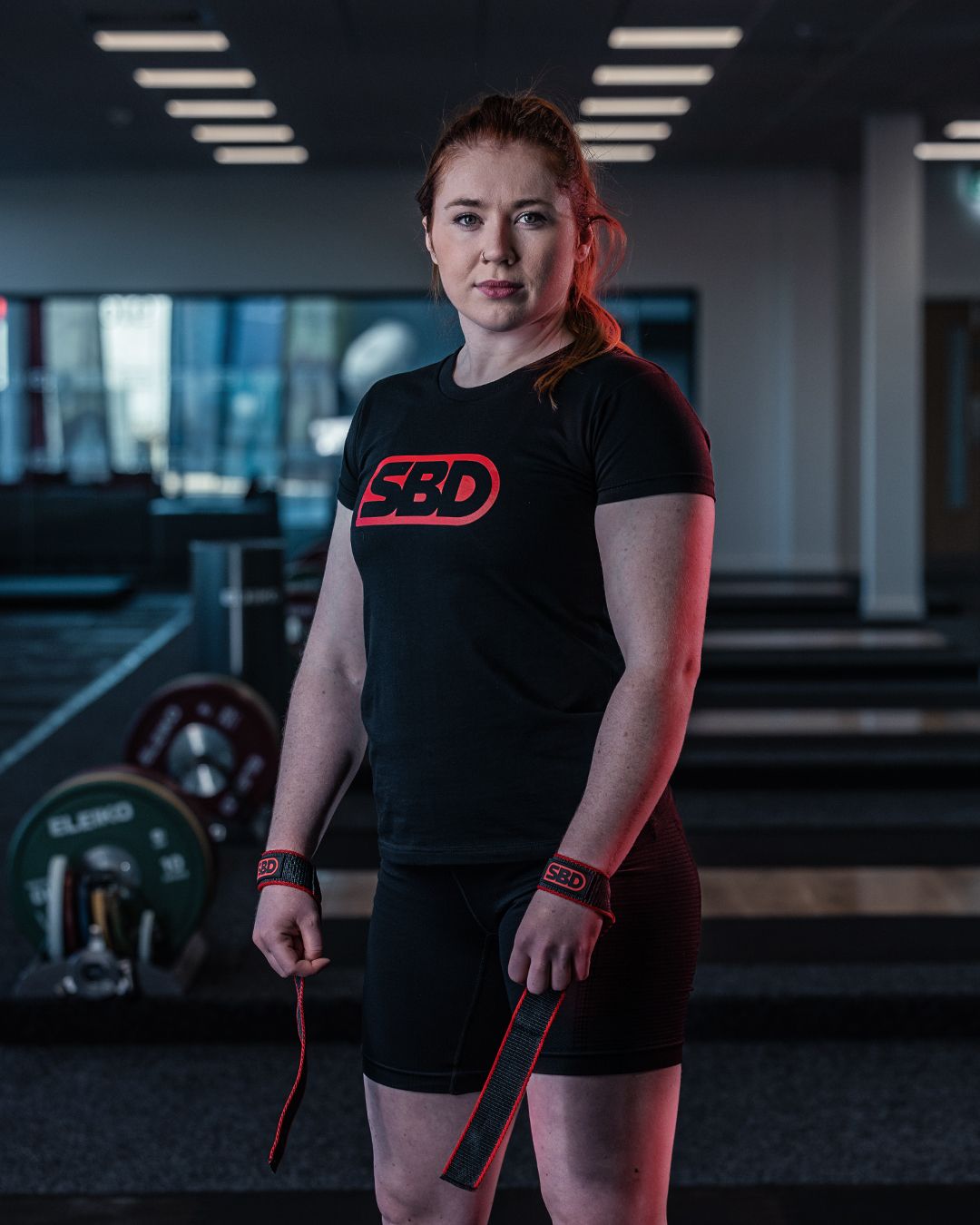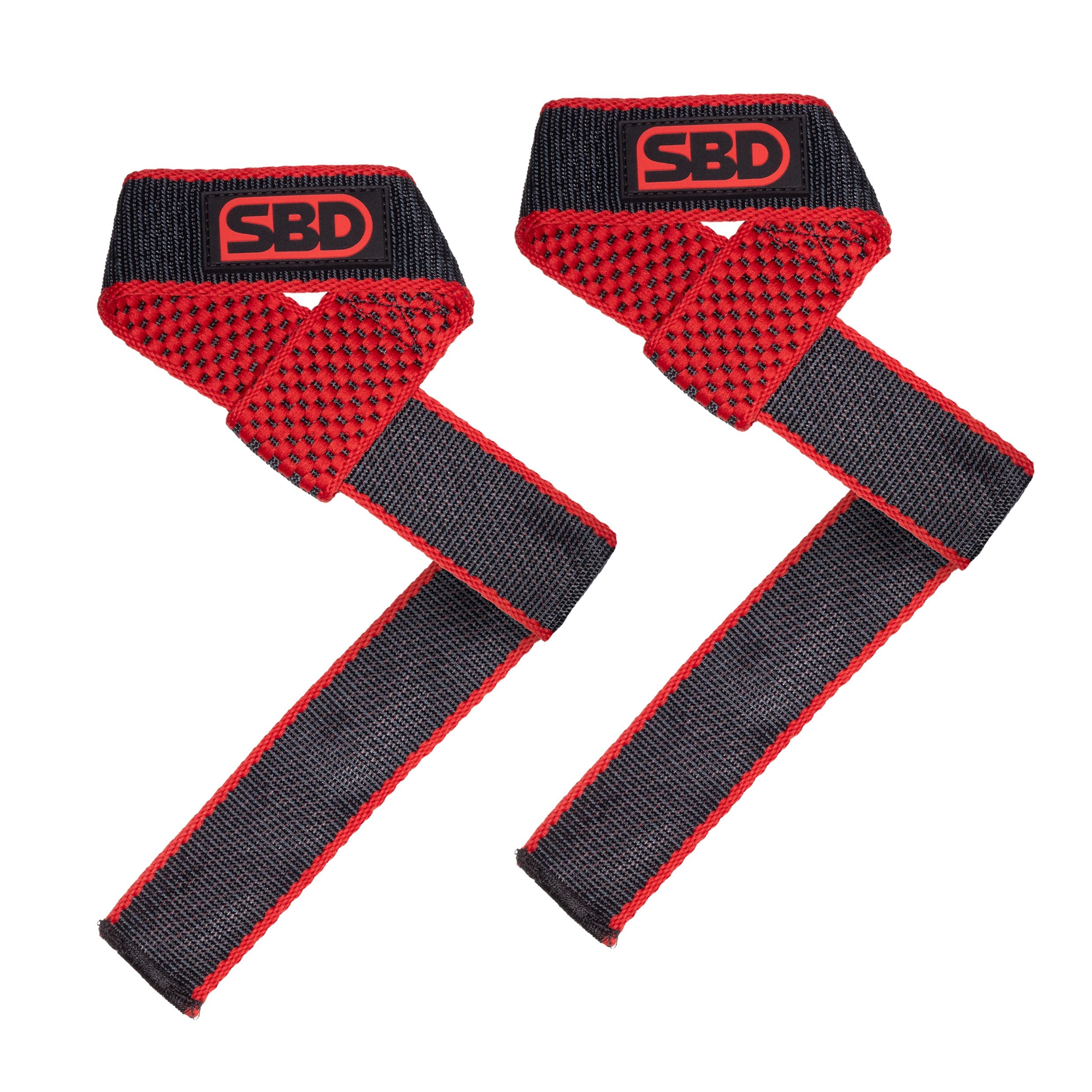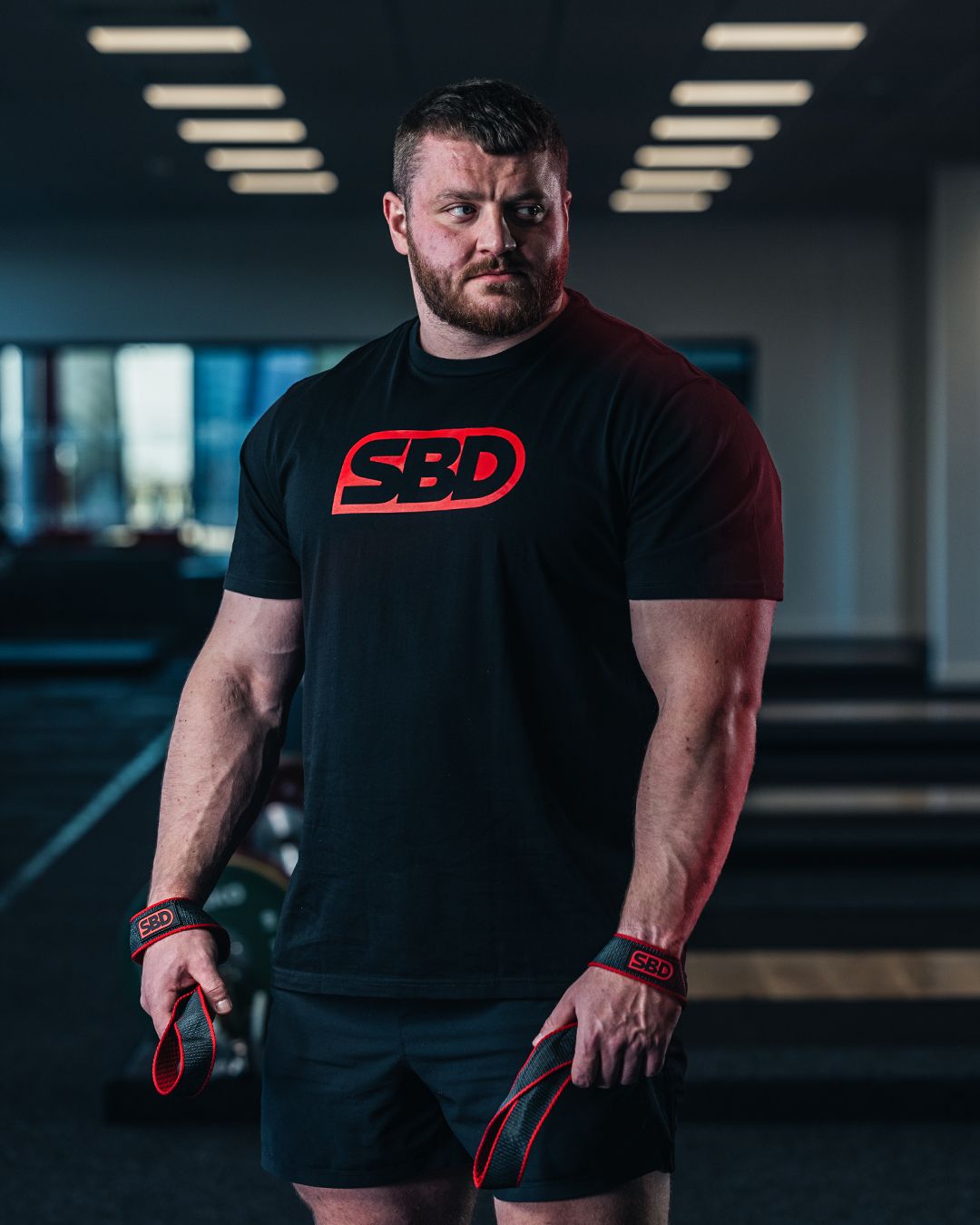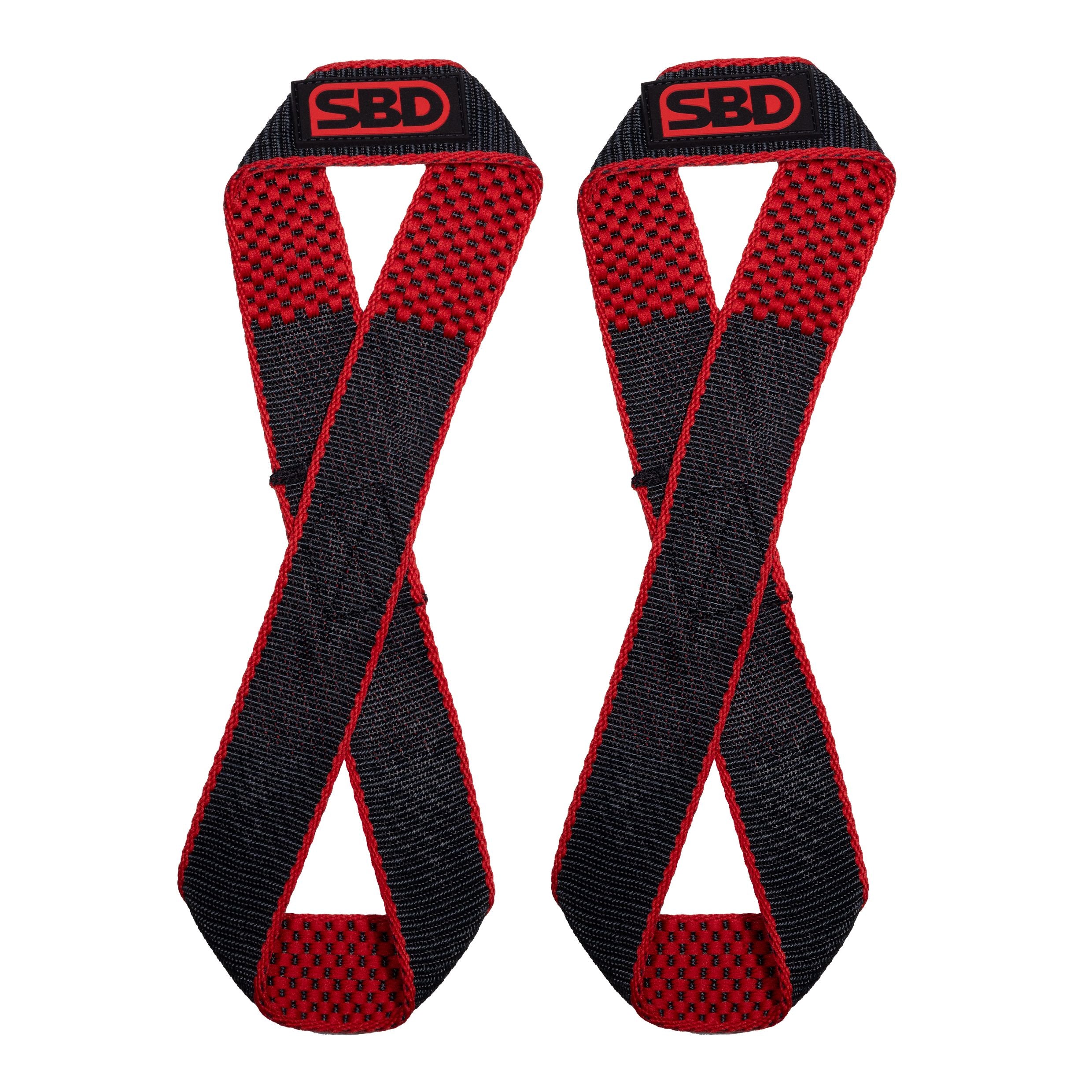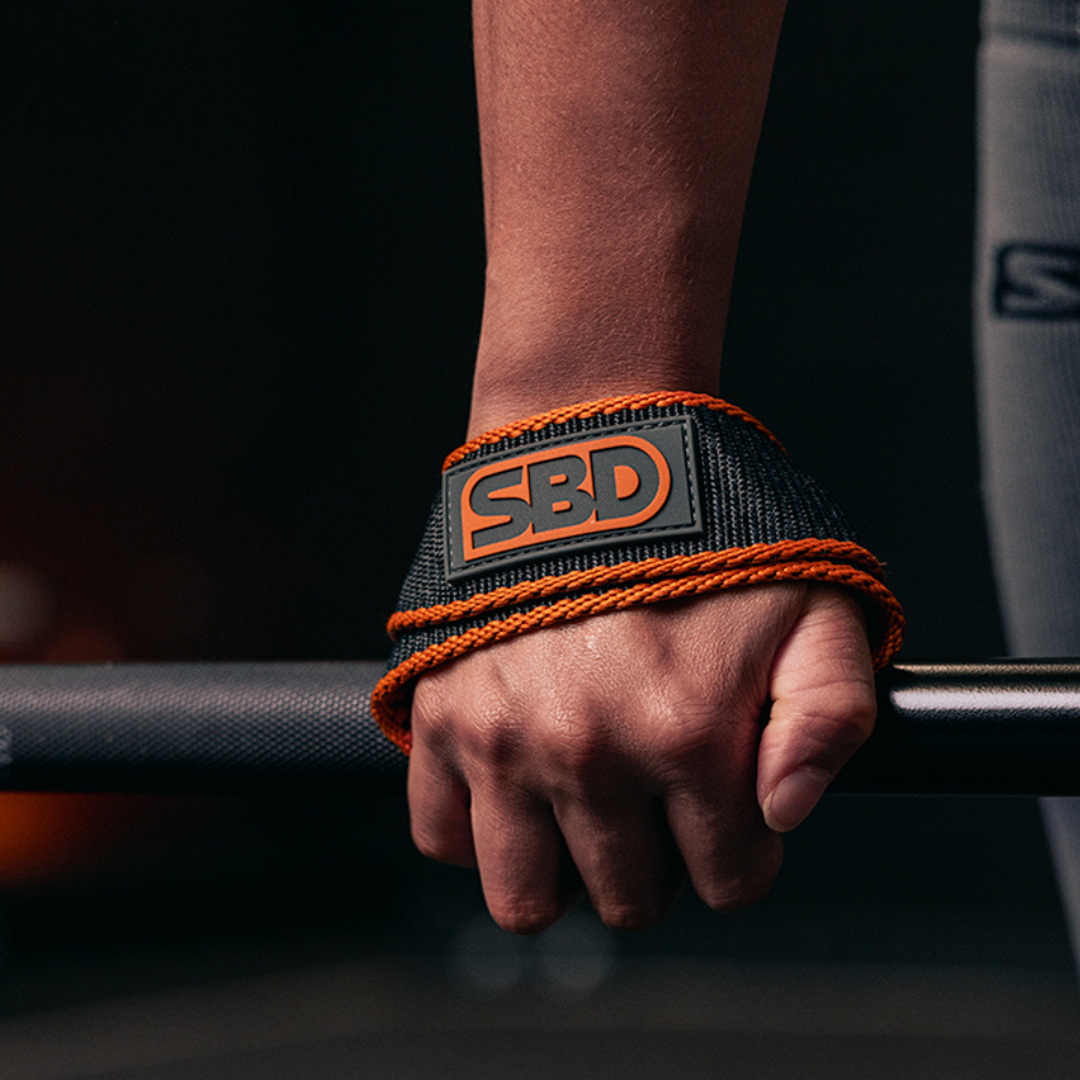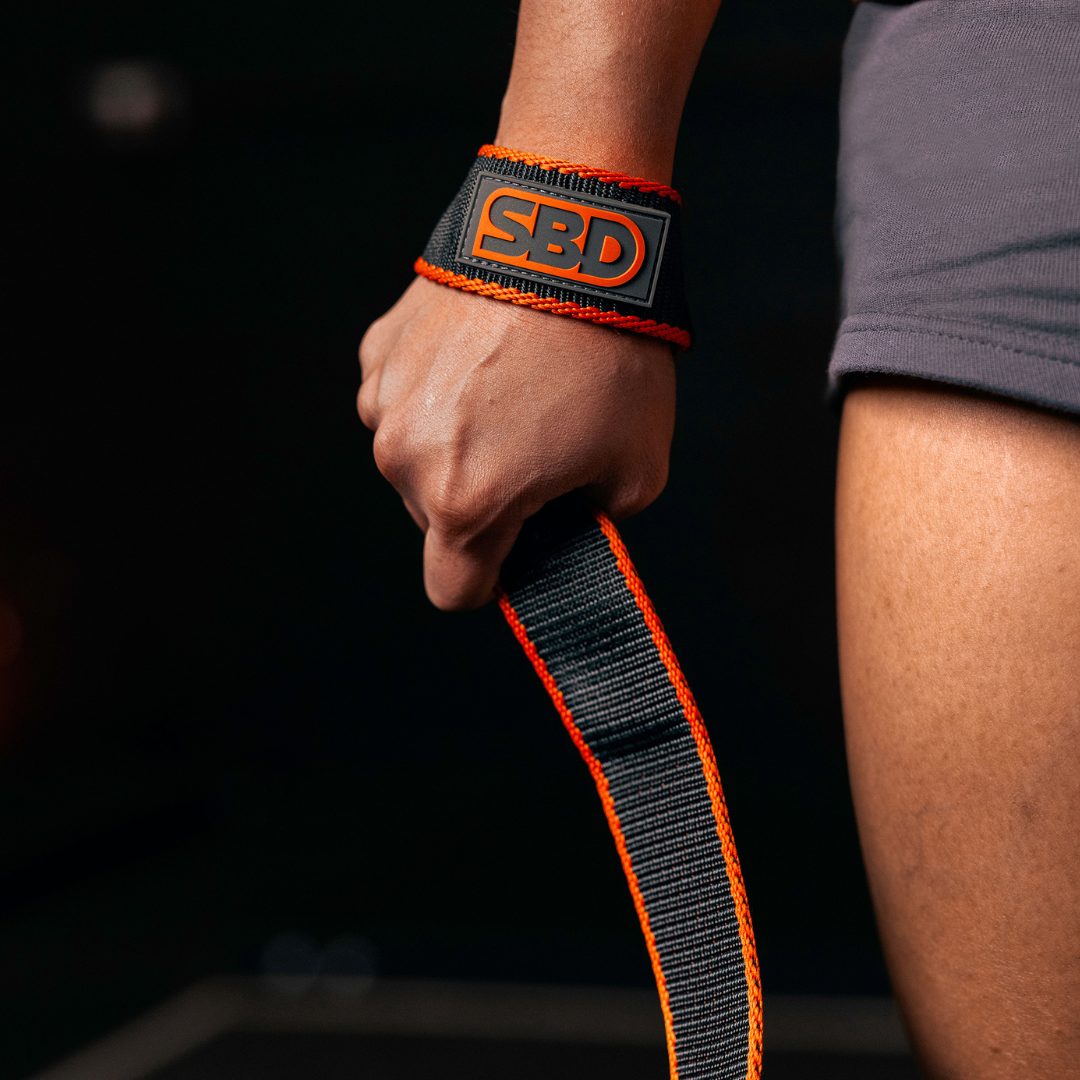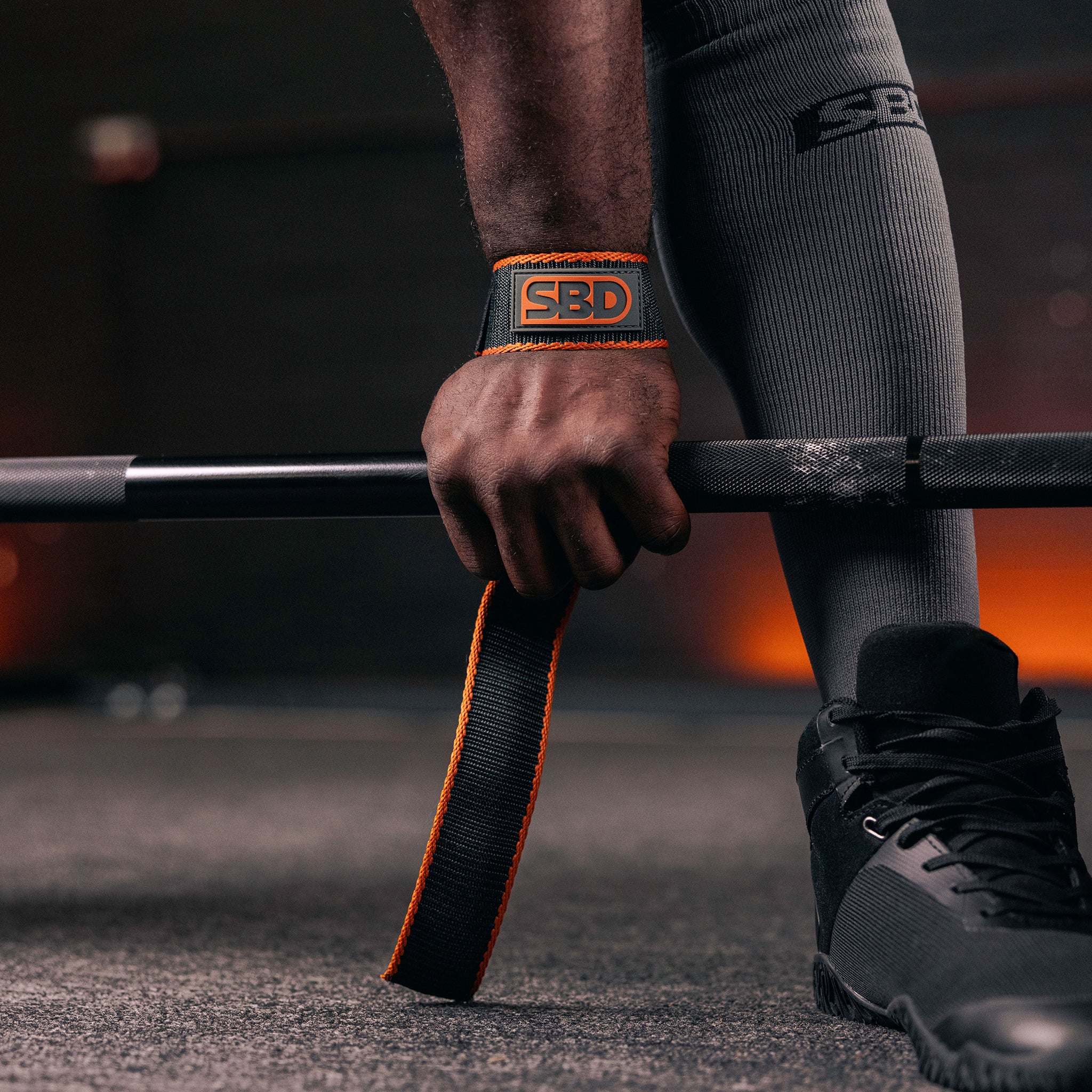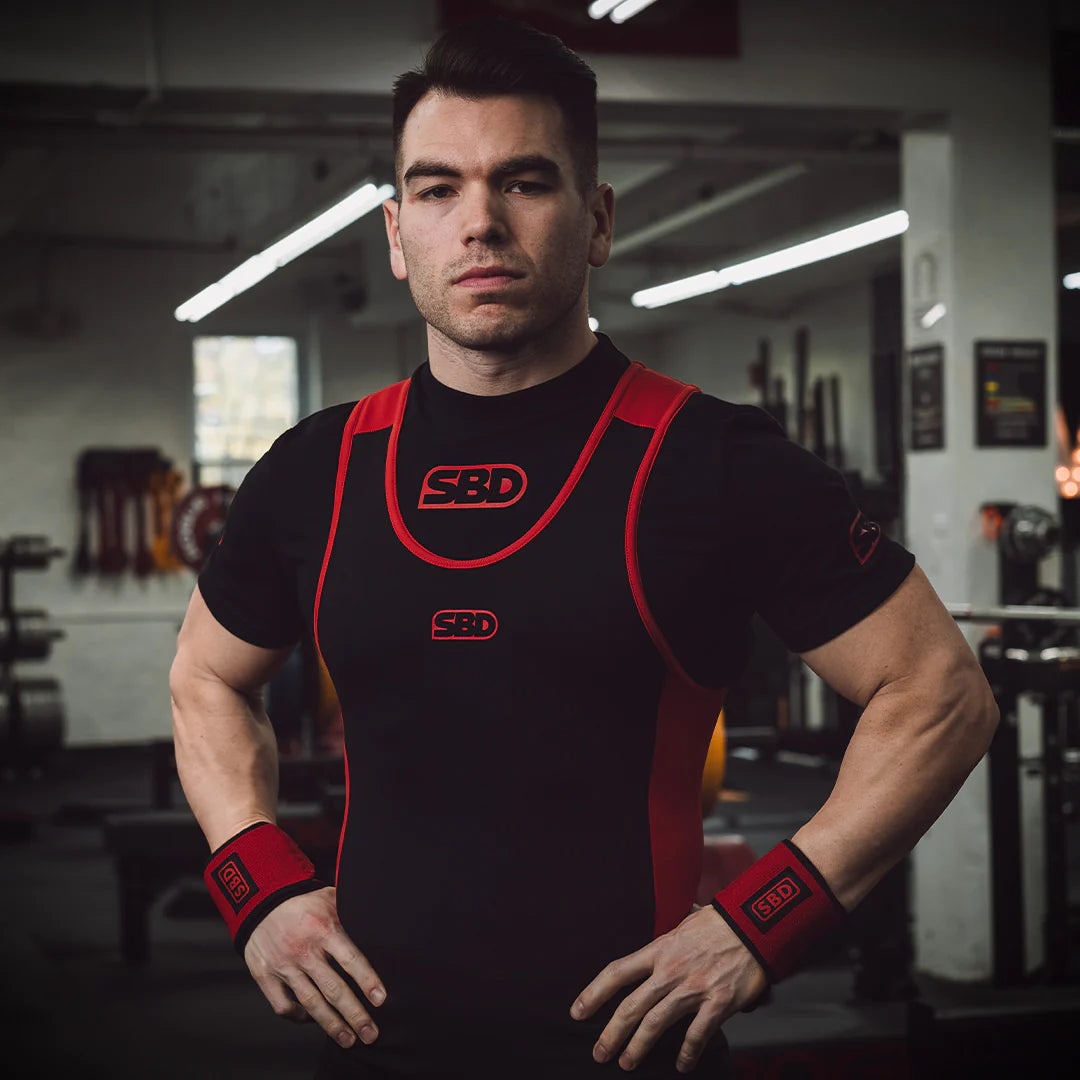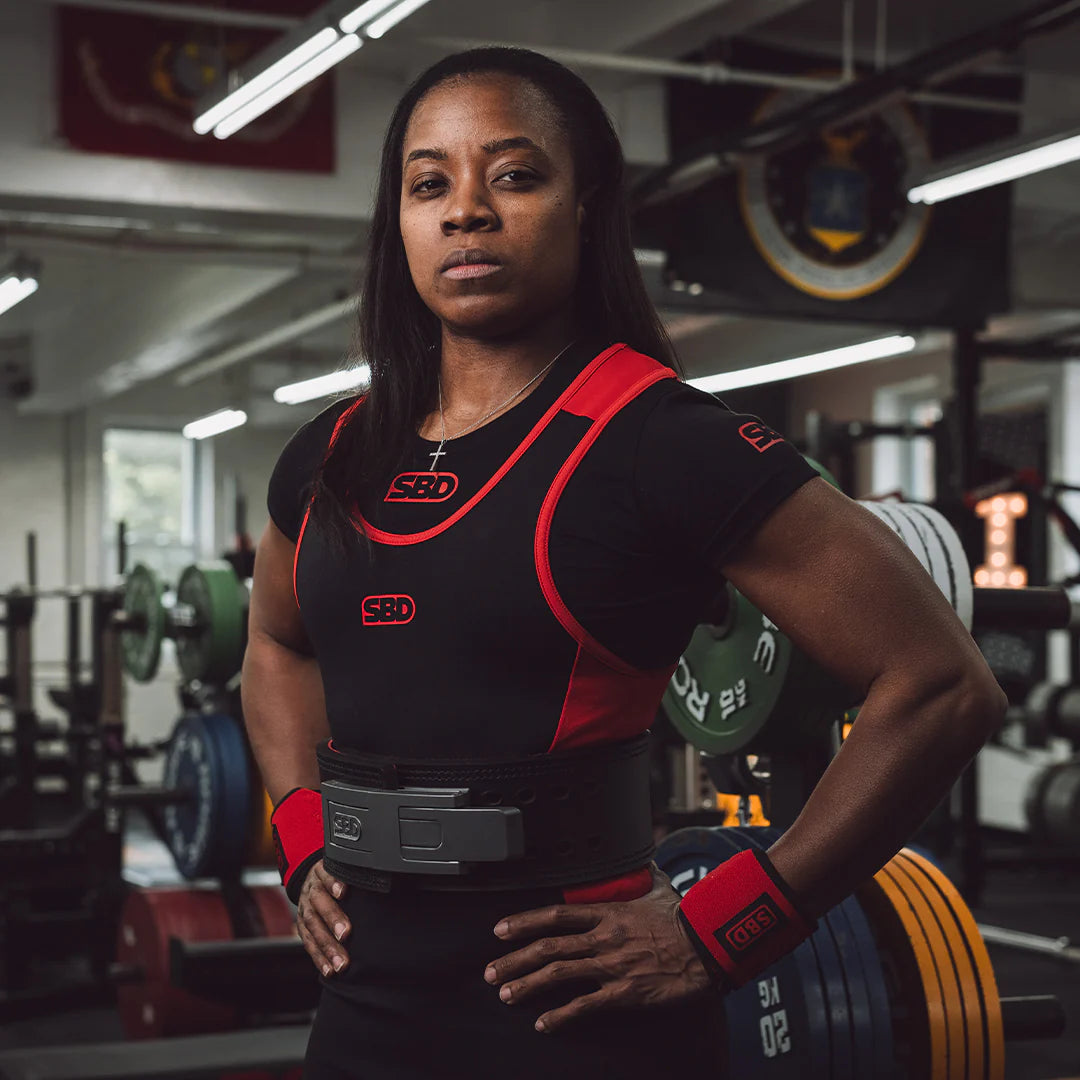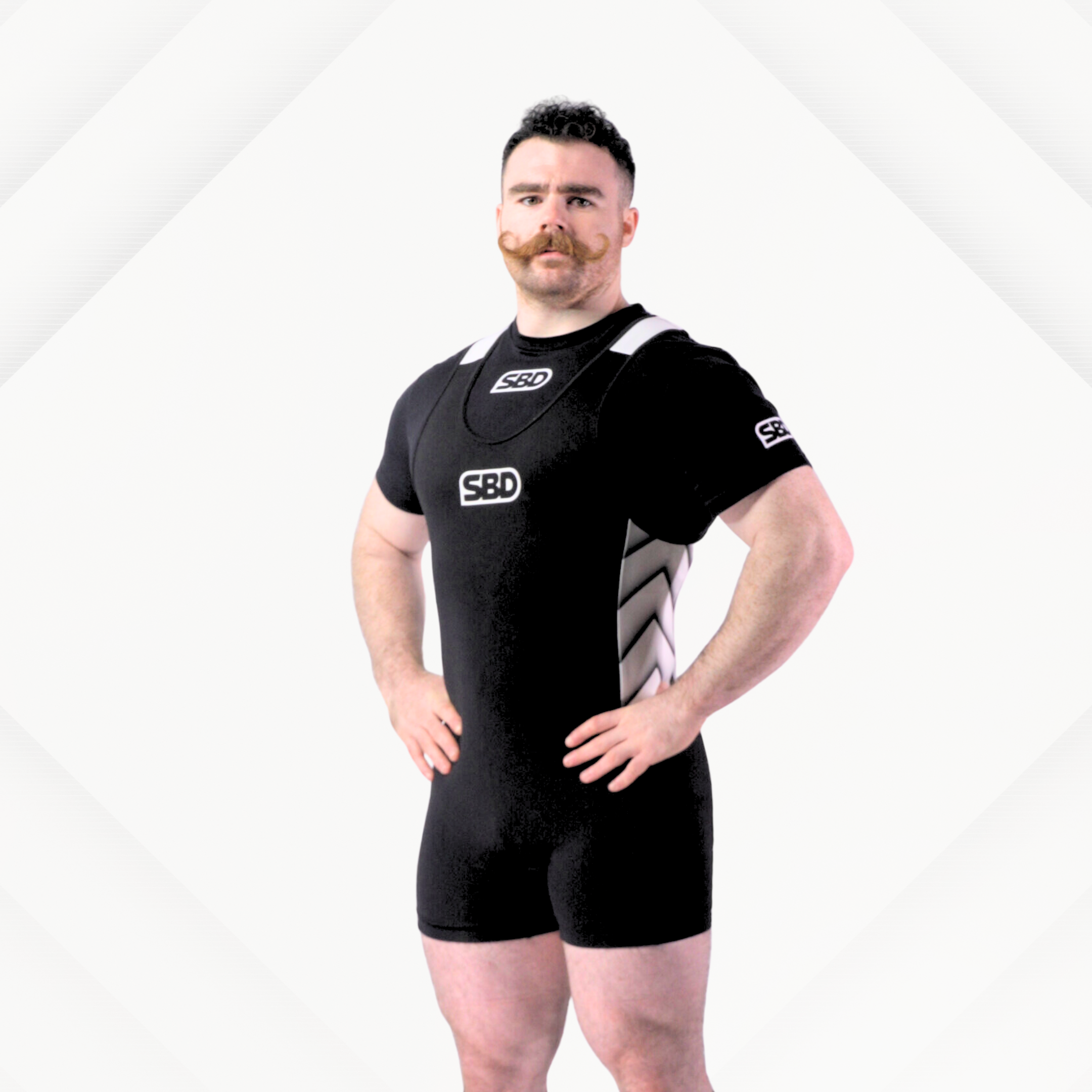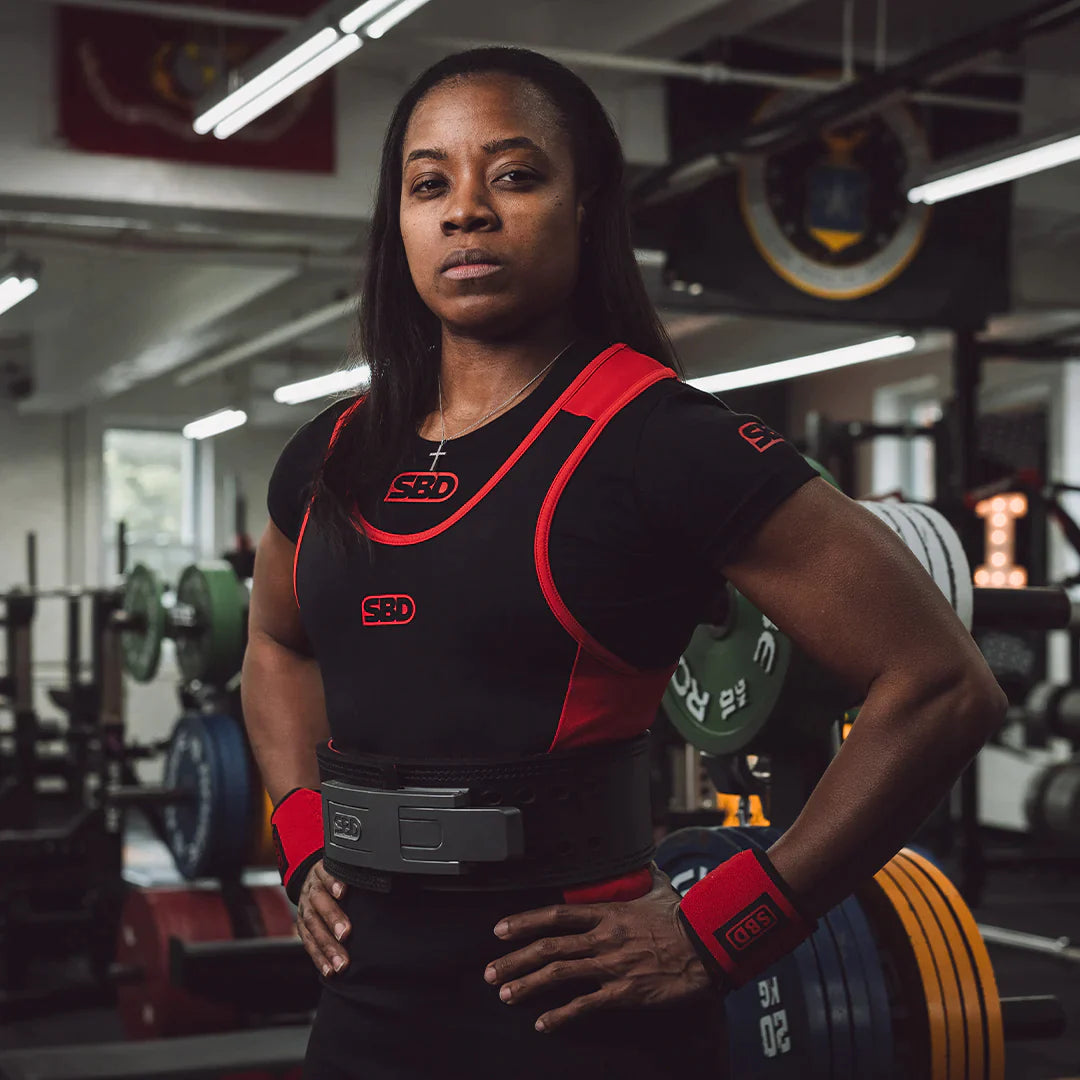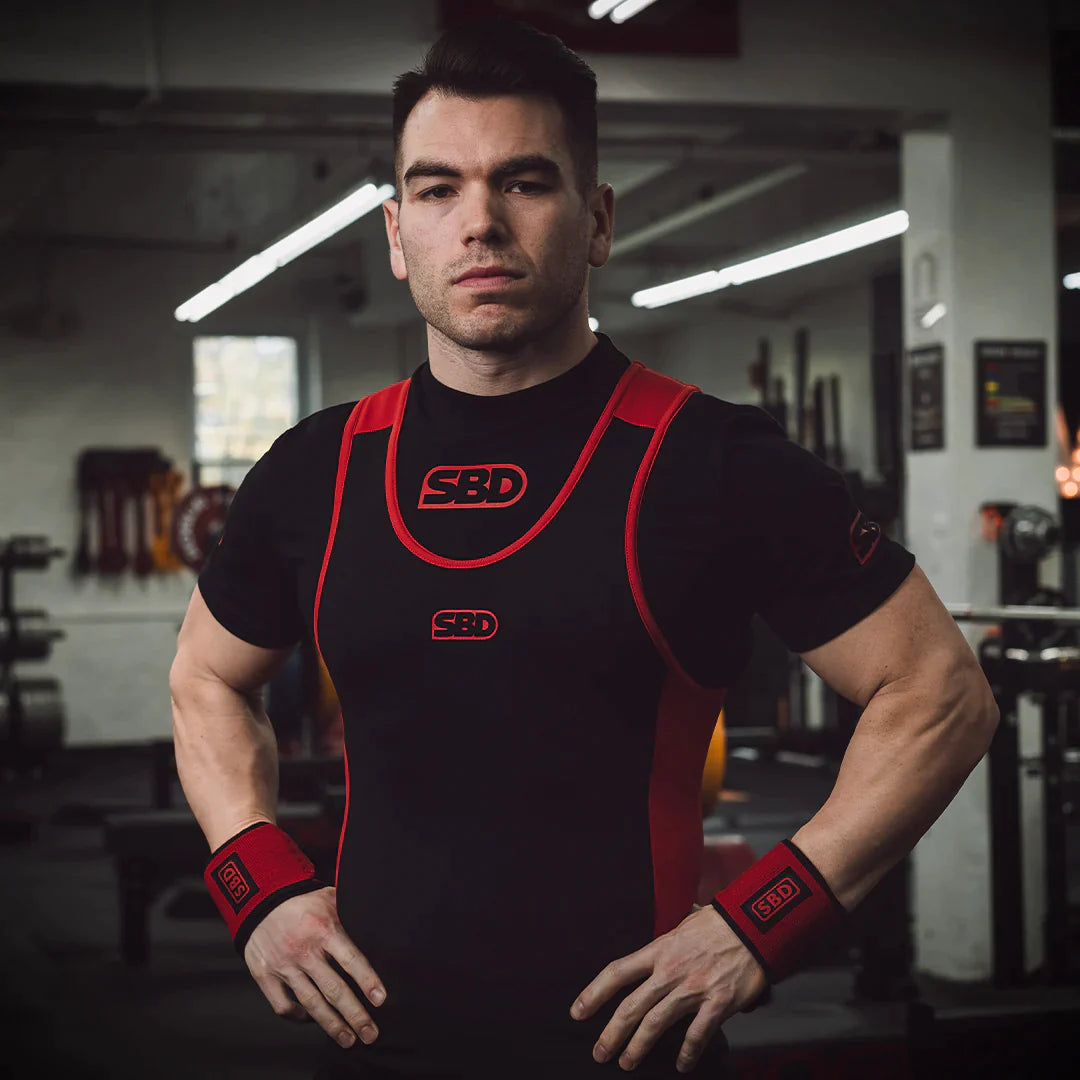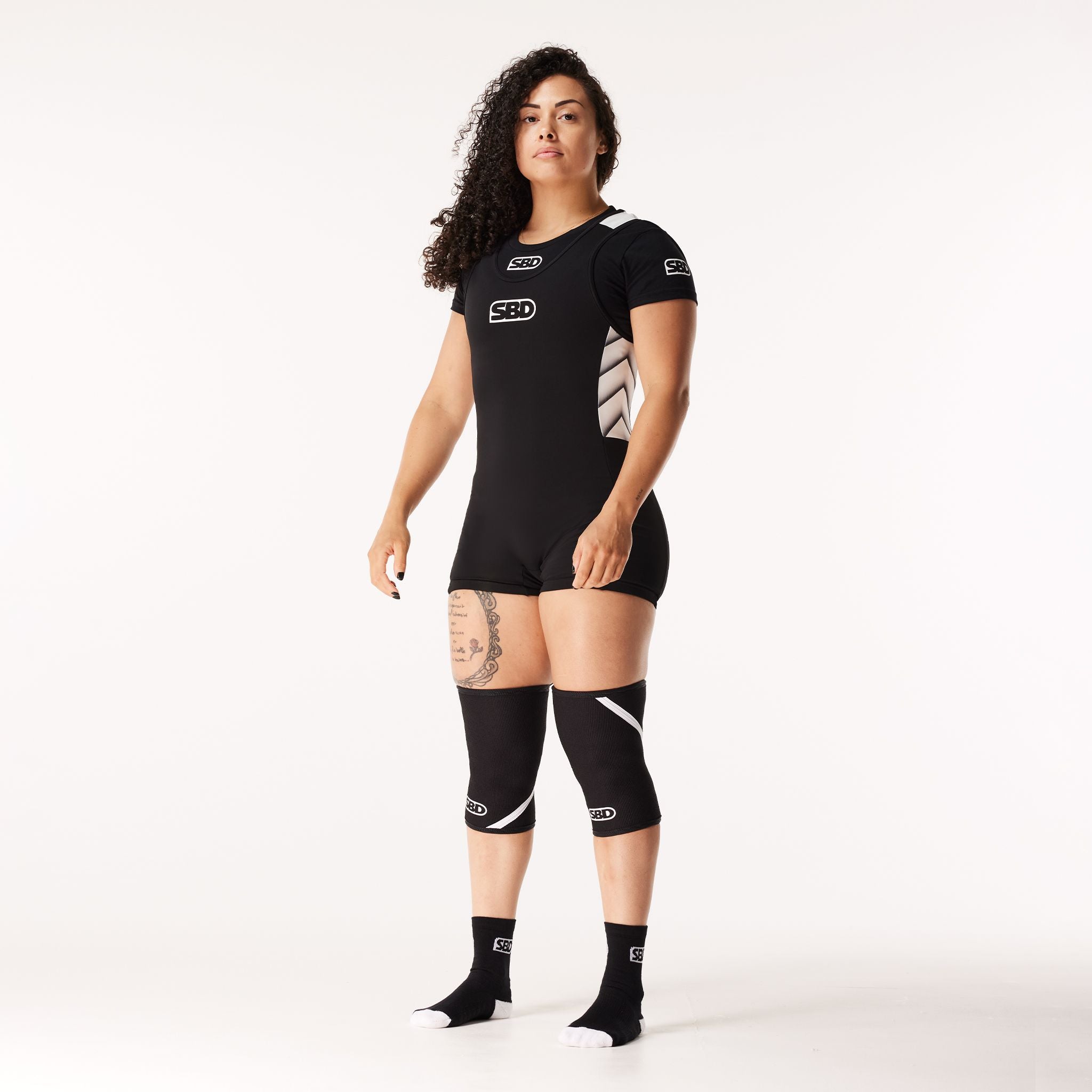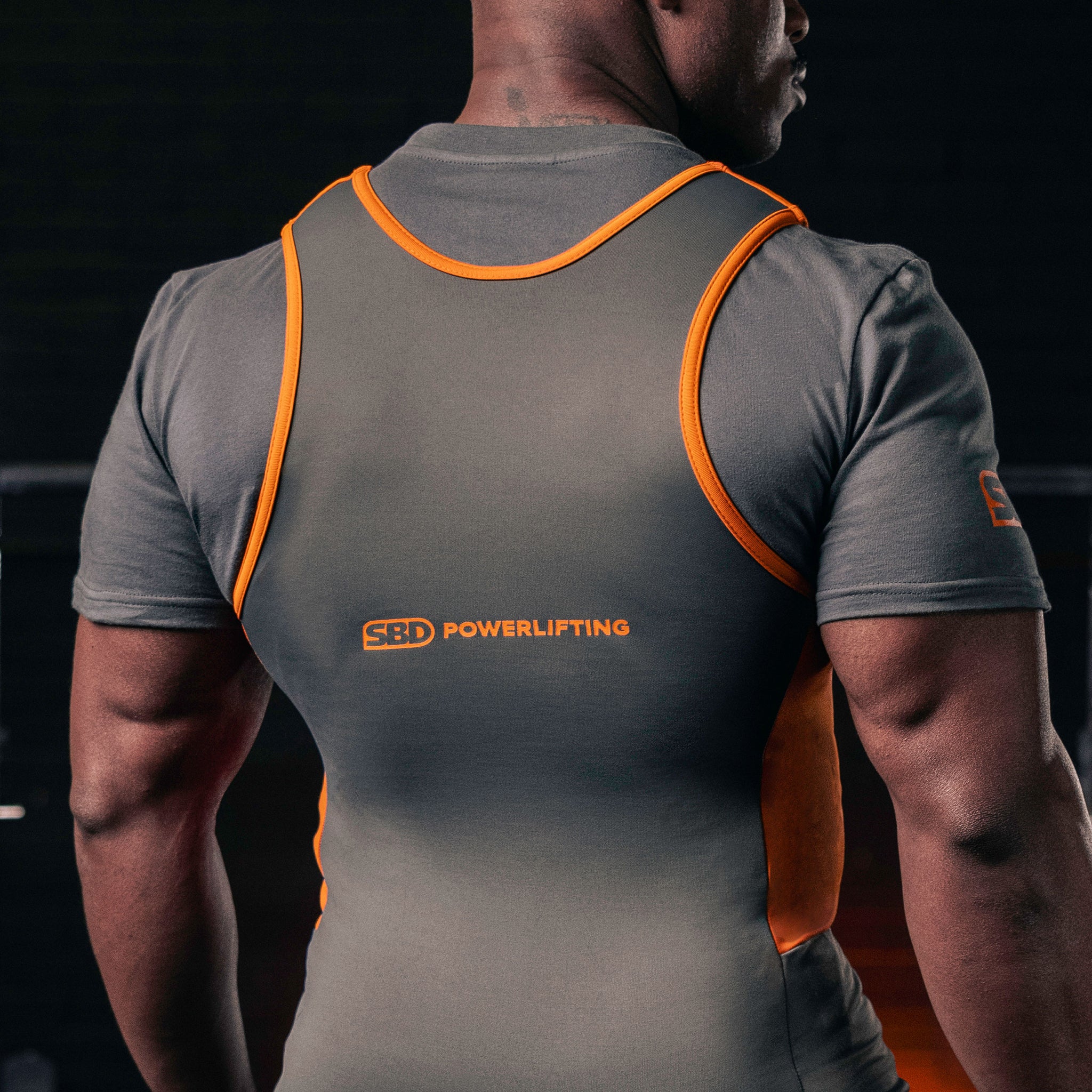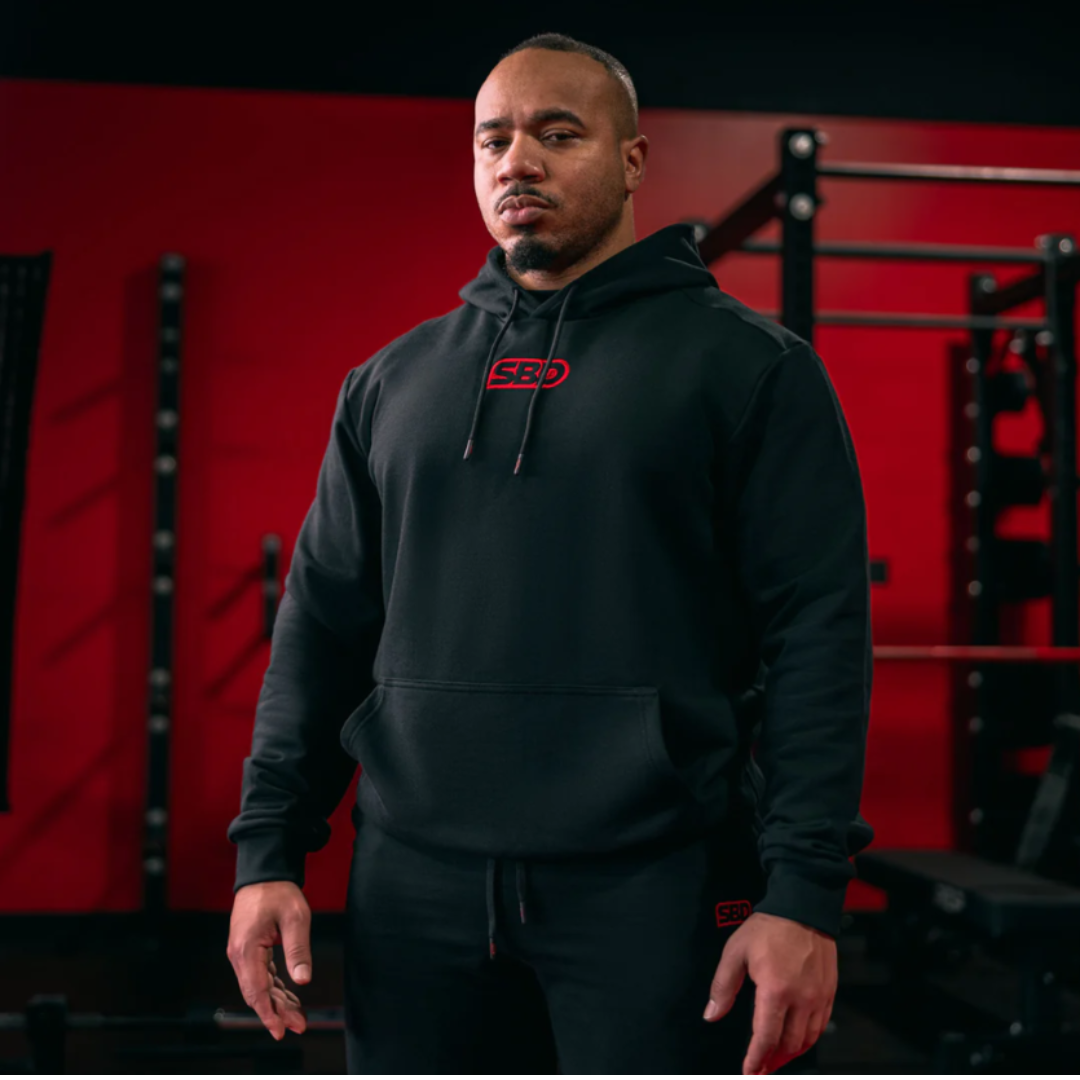When it comes to deadlifting, few pieces of gym kit stir as much debate as the lifting belt. Some lifters swear by it, claiming it’s essential for safety and strength gains. Others say it’s a crutch, masking poor technique and weakening the core. So, should you use a deadlift belt? This article dives deep into the facts, exploring the how, when, and why behind strapping up for your pulls.
Whether you're just starting out or you're chasing a personal record, understanding the role of a deadlift belt could help you make informed choices about your training. Let’s unpack everything you need to know.
What Is a Deadlift Belt and How Does It Work?
Basic Mechanics of Lifting Belts
A deadlift belt is a thick, supportive belt worn around the lower torso during heavy lifts. It doesn’t magically lift the weight for you. Instead, it serves a mechanical function—increasing intra-abdominal pressure (IAP), which supports the spine and stabilises the core.
When you brace your abs against the belt during a lift, it creates a more rigid trunk. This stiffness helps you transfer power more efficiently from your lower body to the barbell.
Types of Lifting Belts Commonly Used
There are a few common types of lifting belts used in gyms:
-
Powerlifting belts: Uniform width, very stiff, often used for maximal lifts.
-
Bodybuilding belts: Tapered at the front for comfort, less supportive.
-
Lever or prong belts: These vary in fastening mechanism, with levers being faster to tighten and loosen.
Choose the type that best suits your training goals, body shape, and comfort preferences.
The Role of Intra-Abdominal Pressure
Intra-abdominal pressure (IAP) is like an internal weight belt created by your core muscles. When properly braced, your diaphragm pushes down, your pelvic floor lifts up, and your abs push outward. This pressure acts like a balloon inside your torso—stabilising your spine and reducing the risk of injury.
Wearing a belt amplifies this effect. Think of it as something to press against, giving you tactile feedback and added compression that helps prevent rounding of the lower back.
Benefits of Using a Deadlift Belt
Increased Core Stability
By enhancing IAP, a belt can help you feel more “locked in” during a lift. This is especially helpful when moving heavy loads, as the belt adds a layer of support without replacing core engagement.
Better Posture and Form
A common deadlift error is back rounding, particularly under fatigue. A belt doesn’t fix form by itself, but when used properly, it encourages better mechanics by cueing you to brace harder and maintain a neutral spine.
Reduced Risk of Injury
Deadlifts are safe when done correctly, but as the loads increase, so does the margin for error. A belt may reduce spinal compression and shear forces, acting as a safeguard during max-effort attempts.
When Should You Start Using a Deadlift Belt?
Lifting Experience and Progression
Generally, beginners shouldn’t use a belt right away. Focus on building technique and raw core strength first. A good rule of thumb: start considering a belt when you’re deadlifting over 1.5x your bodyweight for multiple reps with proper form.
Indicators You Might Need a Belt
-
Hitting a plateau in heavy lifts
-
Lower back discomfort under load (despite good form)
-
Training for powerlifting or maximal strength
-
Wanting to reduce fatigue during high-volume sets
Still, it’s a personal choice—a belt should enhance your training, not mask weaknesses.
Situations Where You Shouldn’t Use a Belt
Beginners Learning Technique
Wearing a belt too early can hinder progress. It might give a false sense of security and allow poor movement patterns to go unchecked.
Accessory Lifts and Light Loads
During movements like Romanian deadlifts, kettlebell swings, or warm-ups, there’s little benefit to belting up. These exercises are ideal opportunities to strengthen your natural bracing and trunk stability.
Deadlifting Without a Belt: Pros and Cons
Pros:
-
Builds natural core strength
-
Reinforces proper bracing technique
-
Prevents over-reliance on equipment
Cons:
-
Less stability under maximal loads
-
Greater fatigue during volume training
-
Slightly increased injury risk when lifting near-max efforts
Many elite lifters cycle between beltless and belted training to get the best of both worlds.
Common Mistakes When Using a Deadlift Belt
-
Wearing it too loose or too tight: A good belt fit allows you to push your abs into it without cutting off your air.
-
Belting too early in the set: Use it for working sets only.
-
Neglecting to brace: The belt is only effective if you're engaging your core properly.
-
Relying on it instead of improving form: It's a tool, not a cure-all.
How to Properly Wear a Deadlift Belt
Belt Positioning and Tightness
Place the belt just above your hip bones, typically where you feel the most pressure when you brace. Some prefer it higher, others lower—test different spots to find your sweet spot.
It should feel snug but not suffocating. You should be able to take a full breath and brace forcefully against it.
Timing Your Bracing
Before pulling the bar:
-
Stand tall.
-
Take a deep belly breath.
-
Push your abs out against the belt.
-
Hold the brace throughout the lift.
This sequence becomes second nature with practice.
Do You Need a Belt for Other Lifts?
Lifting belts aren’t just for deadlifts. They’re also commonly used in:
-
Squats: For similar spinal stabilisation
-
Overhead presses: Less common, but helpful at higher loads
-
Strongman training: Especially during events like atlas stones or yoke carries
That said, not every lift needs a belt—use it purposefully.
The Science Behind Deadlift Belts
Studies suggest that using a belt can:
-
Increase IAP by up to 25%
-
Improve lift velocity and bar speed
-
Reduce spinal compression under heavy loads
However, they don’t directly prevent injury—they simply create conditions that make safe lifting more likely.
FAQs About Deadlift Belts
Is using a deadlift belt cheating?
Not at all. It’s a legal and strategic aid in most strength sports, just like knee sleeves or lifting shoes.
Will a belt weaken my core over time?
No—if used correctly. Continue to train beltless during lighter lifts or accessories to keep your core strong.
Can I use the same belt for squats and deadlifts?
Yes, but you might prefer slightly different positioning due to the nature of each lift.
Should I wear a belt during warm-up sets?
Generally no. Save it for your heavier working sets.
What belt thickness is ideal for deadlifting?
Most lifters prefer a 10mm belt—rigid enough for support, but flexible for movement.
How often should I train with a belt?
Use it for 1–2 top sets per session, or during high-intensity training blocks.
Conclusion: To Belt or Not to Belt?
Deadlift belts are a powerful tool—but like all tools, they’re most effective in skilled hands. If you’re pushing your limits, looking to stay safe under heavy loads, or refining your bracing technique, a belt might be worth strapping on.
Still, don’t rush. Develop your raw strength, master your form, and use the belt as a supplement to—not a substitute for—good training habits.

